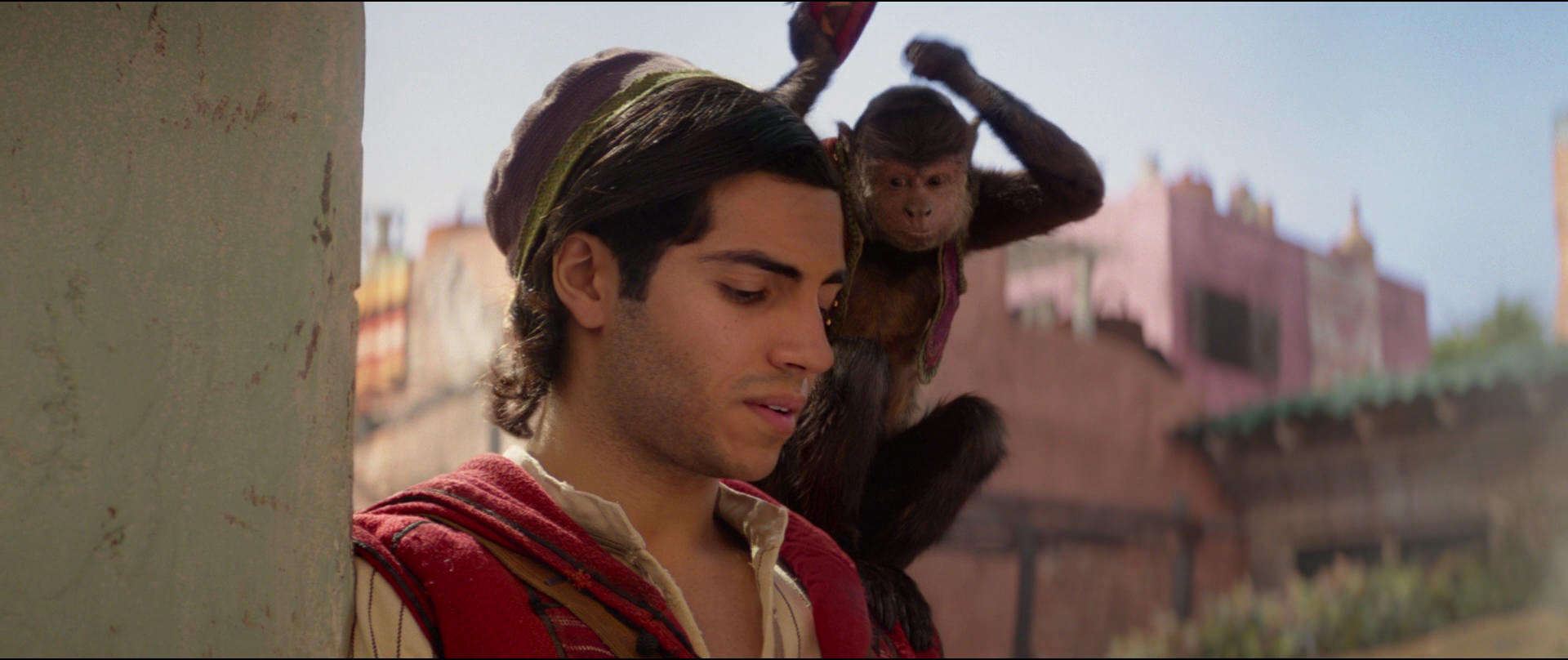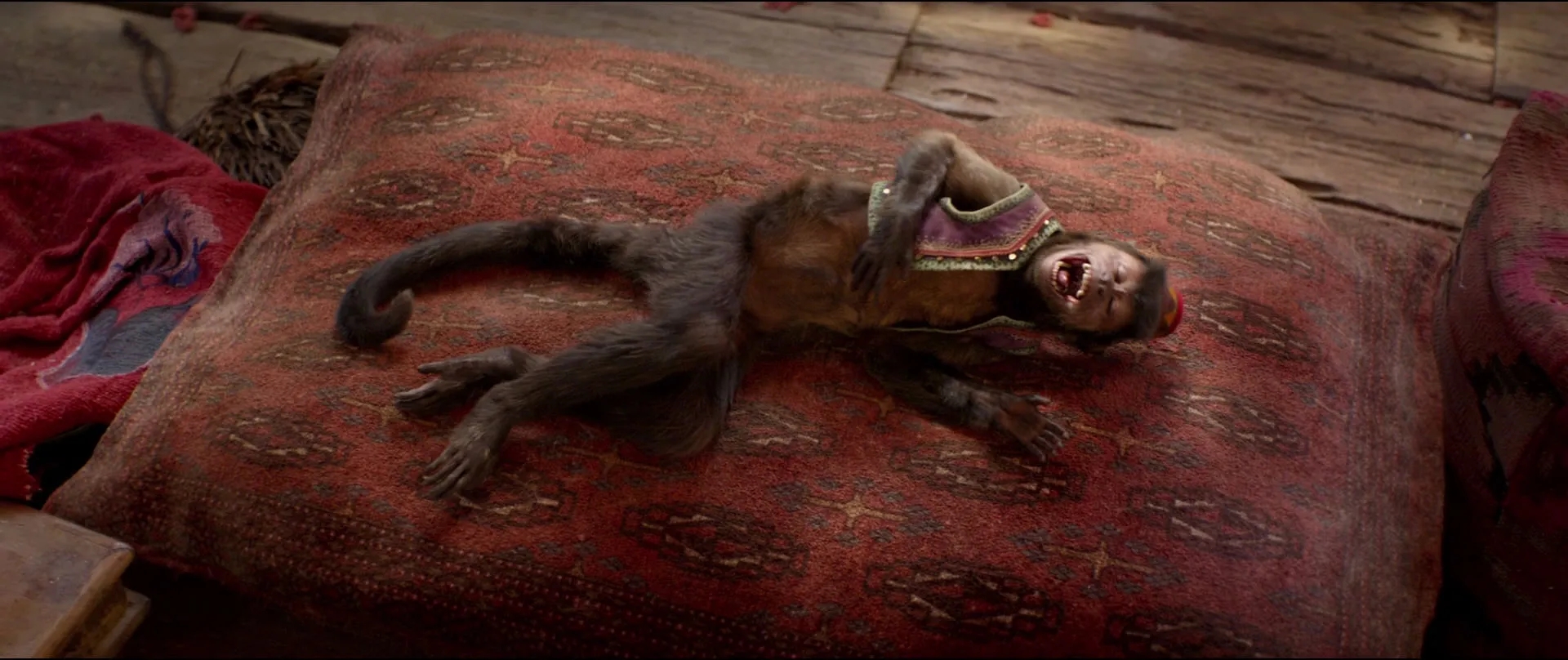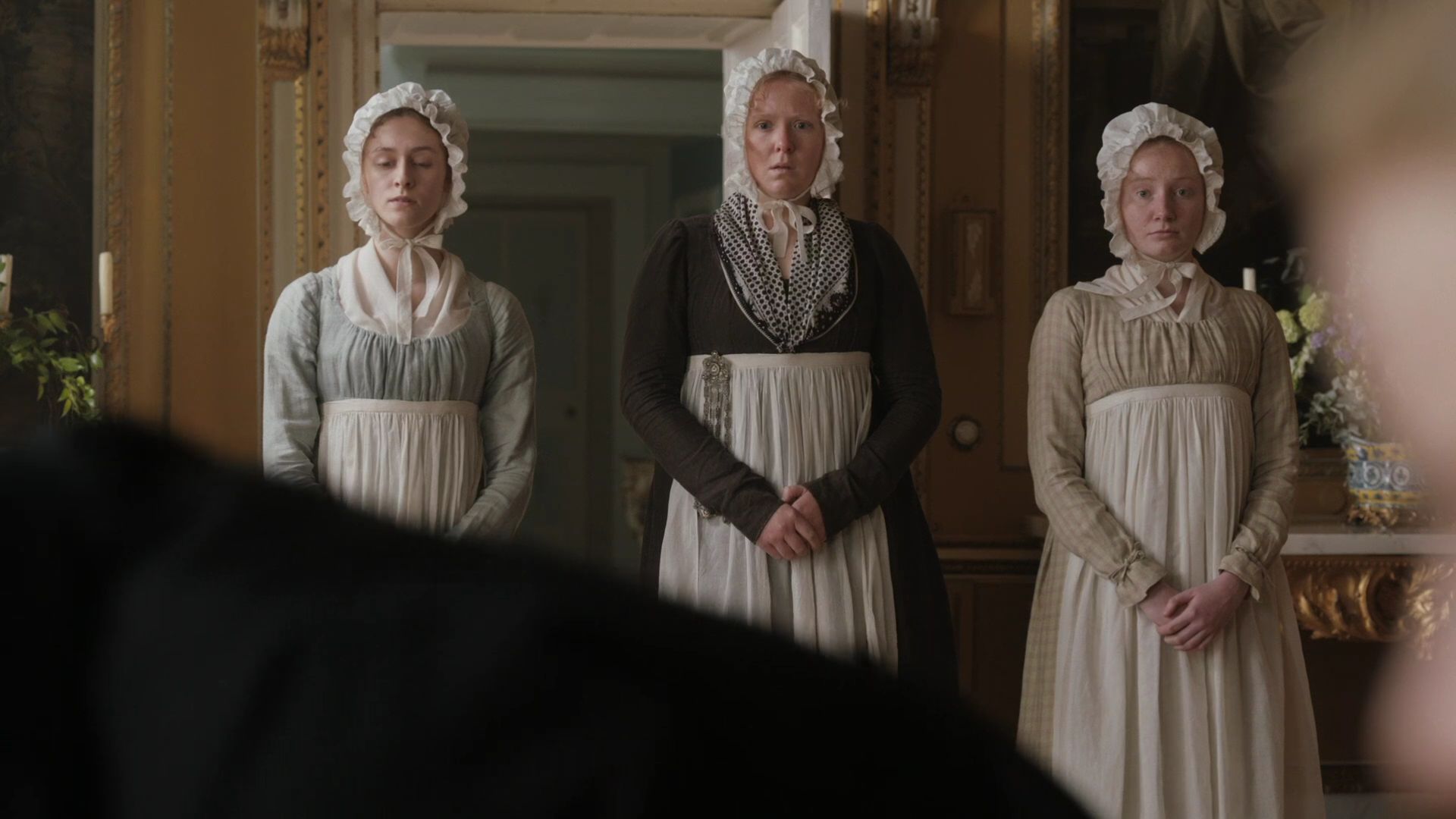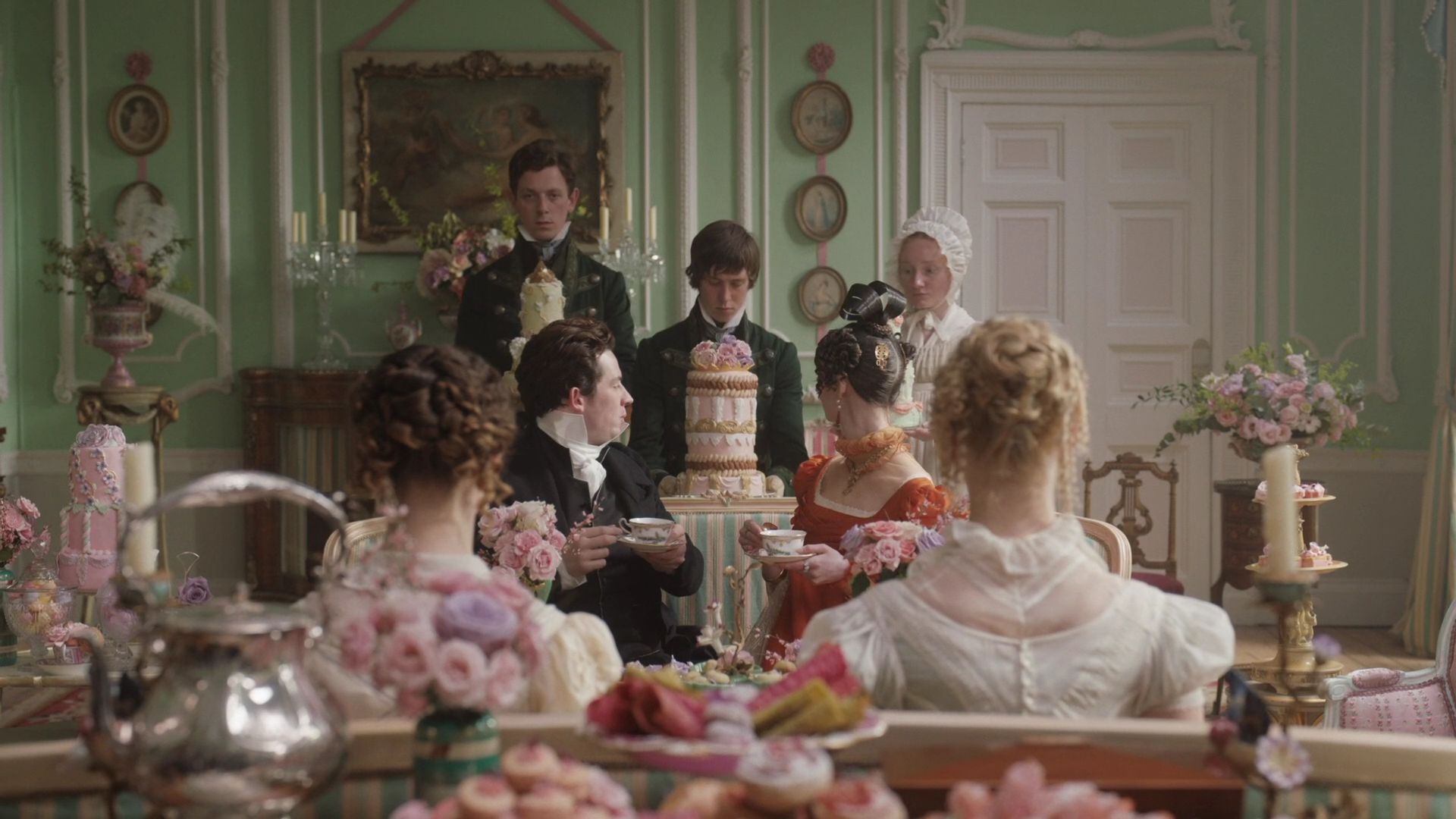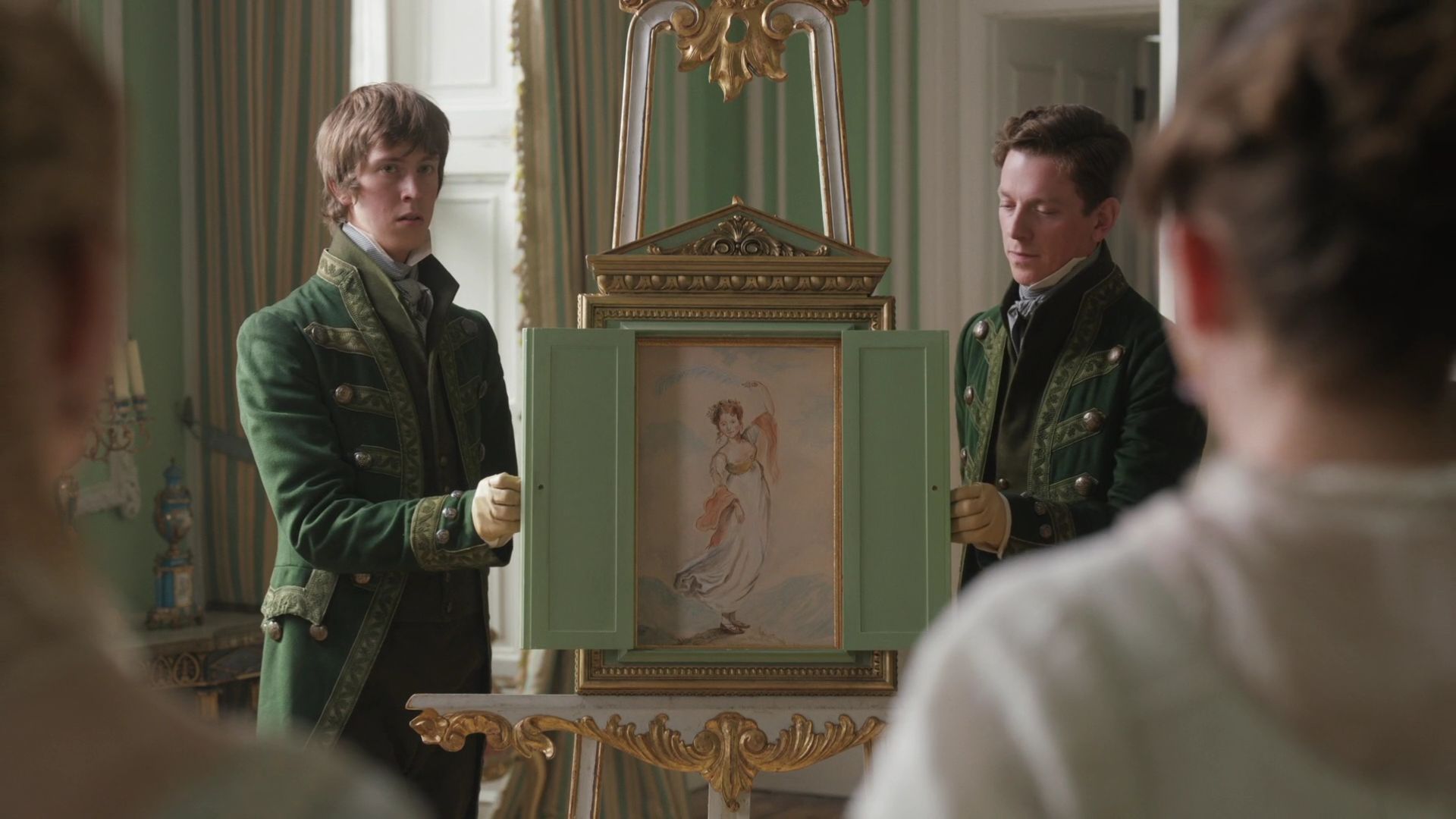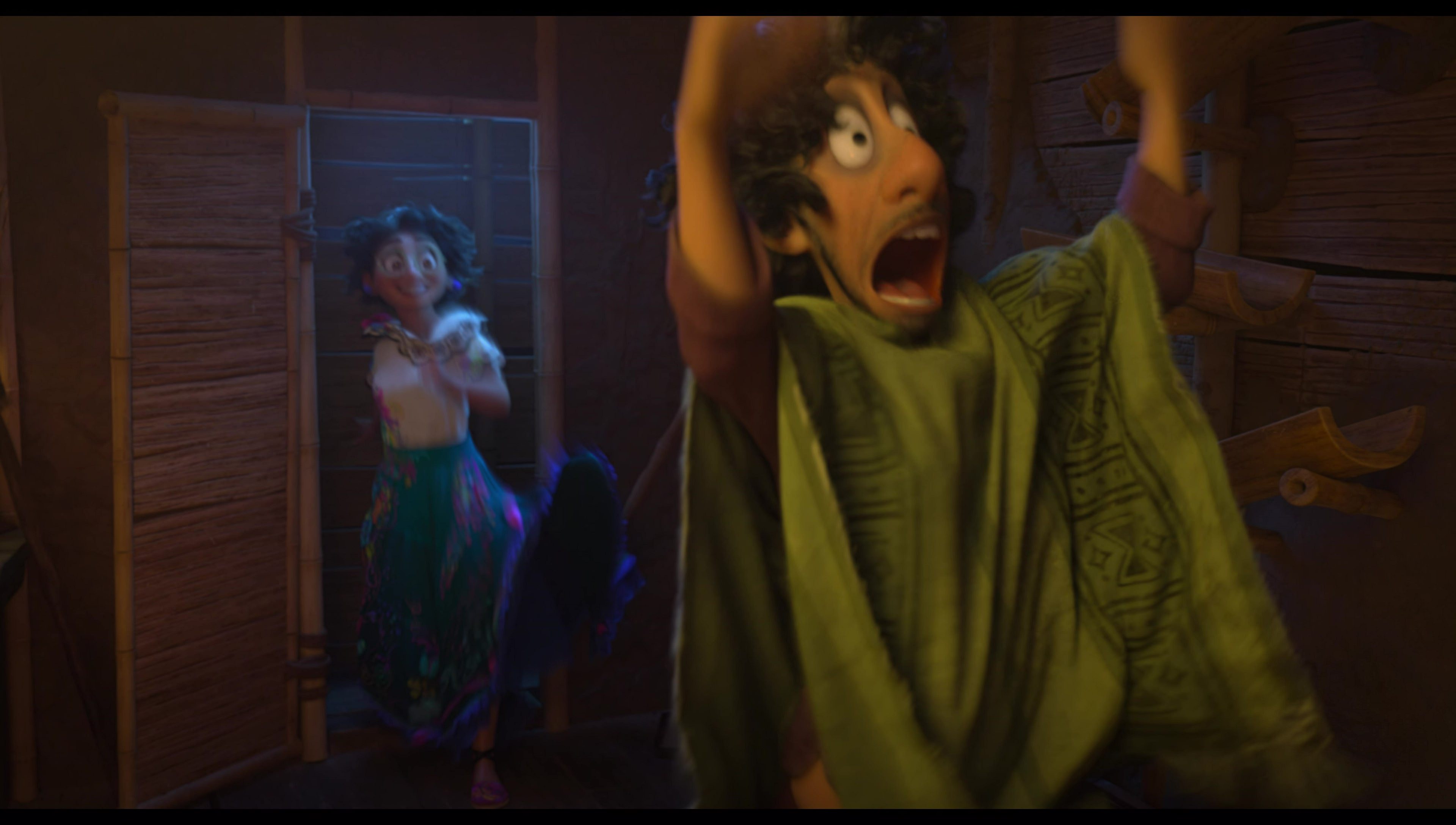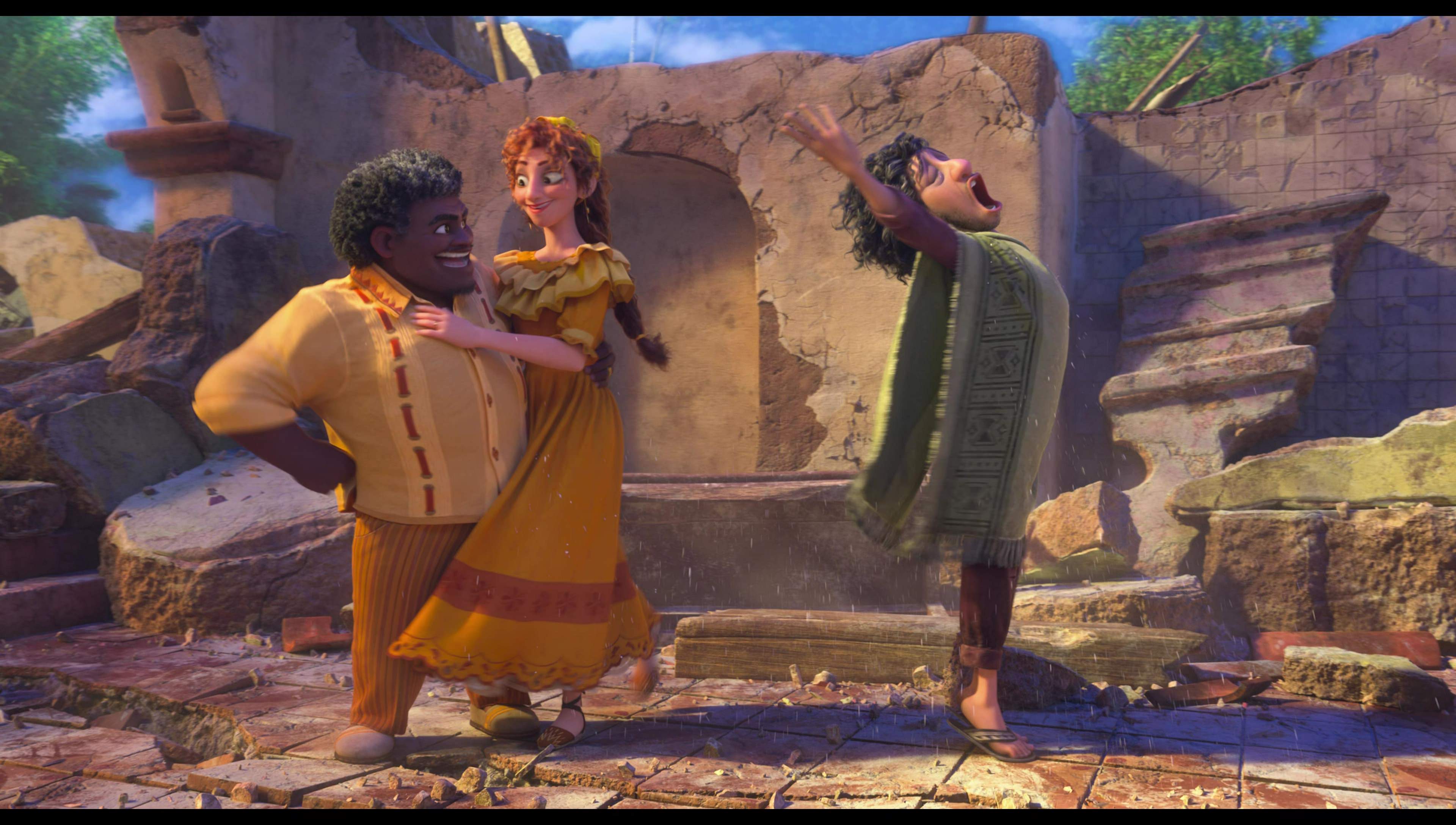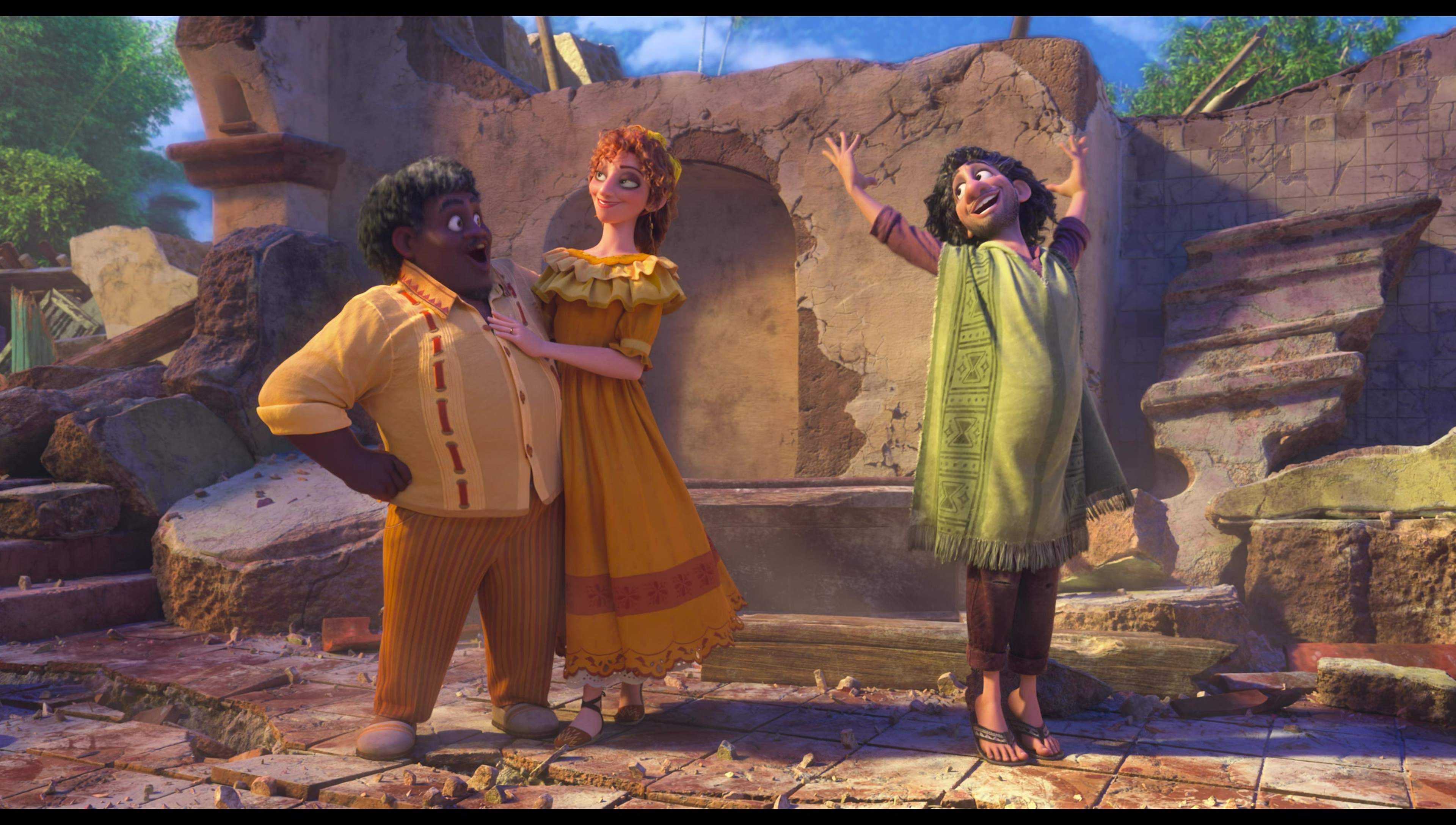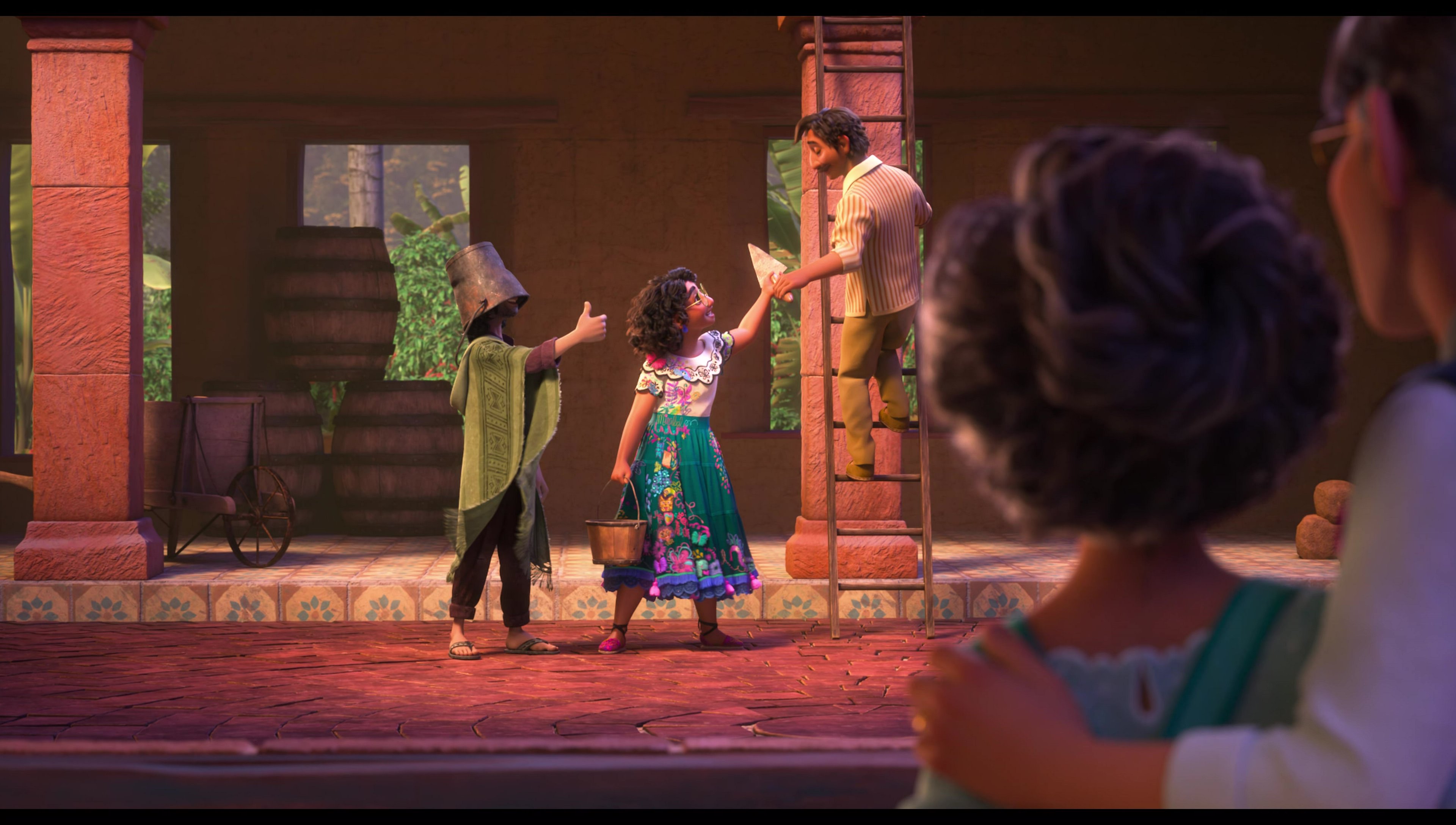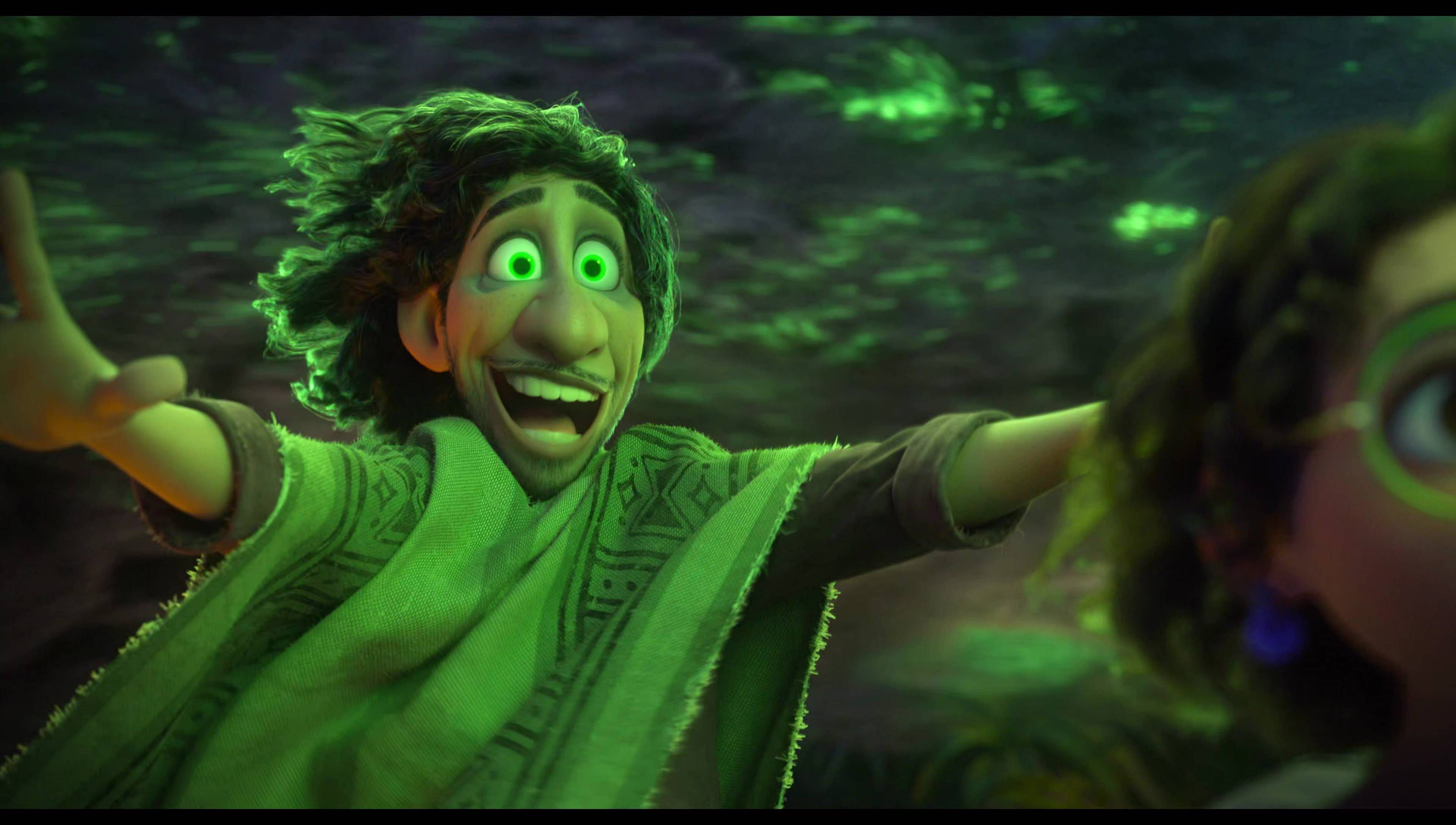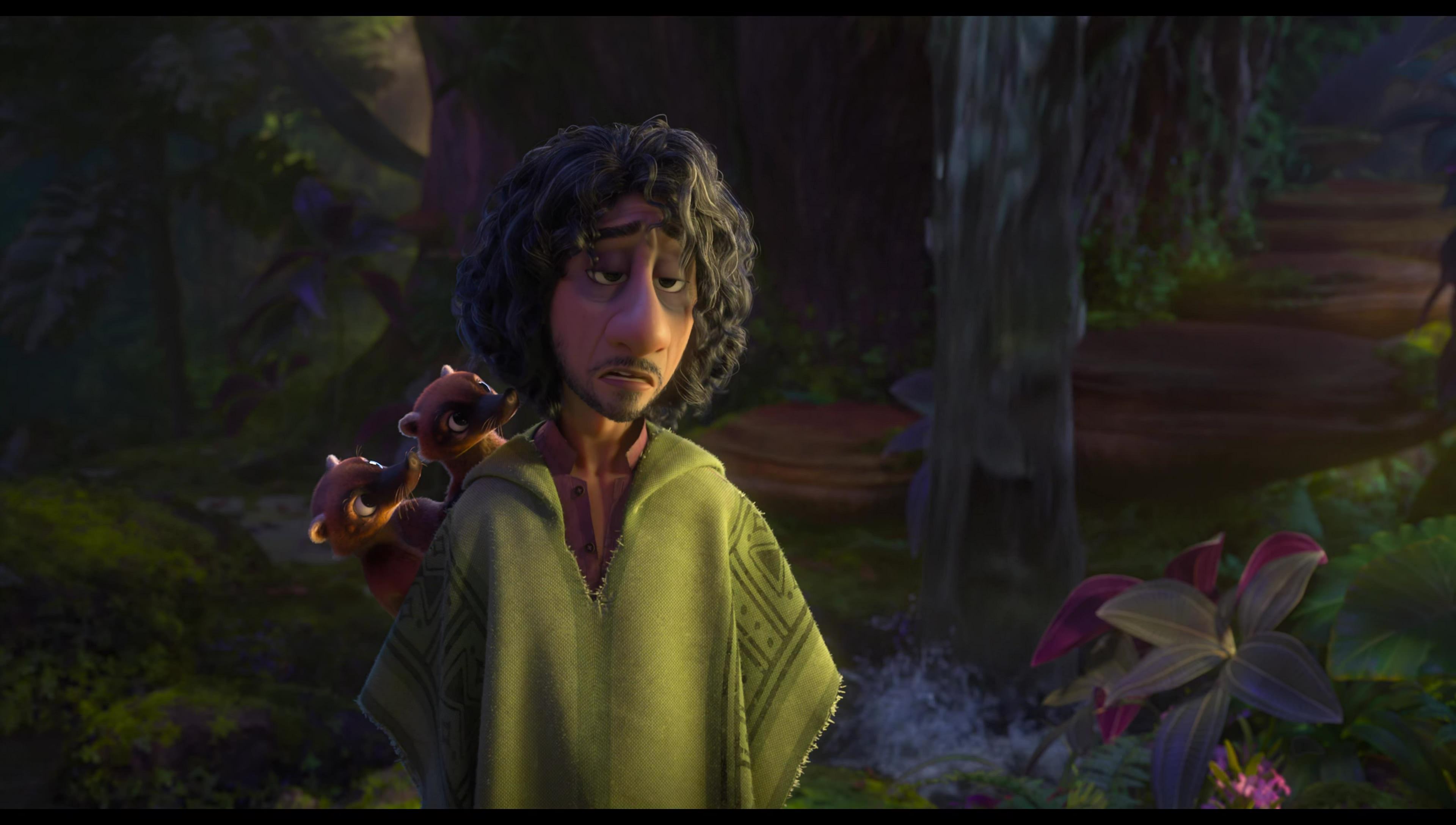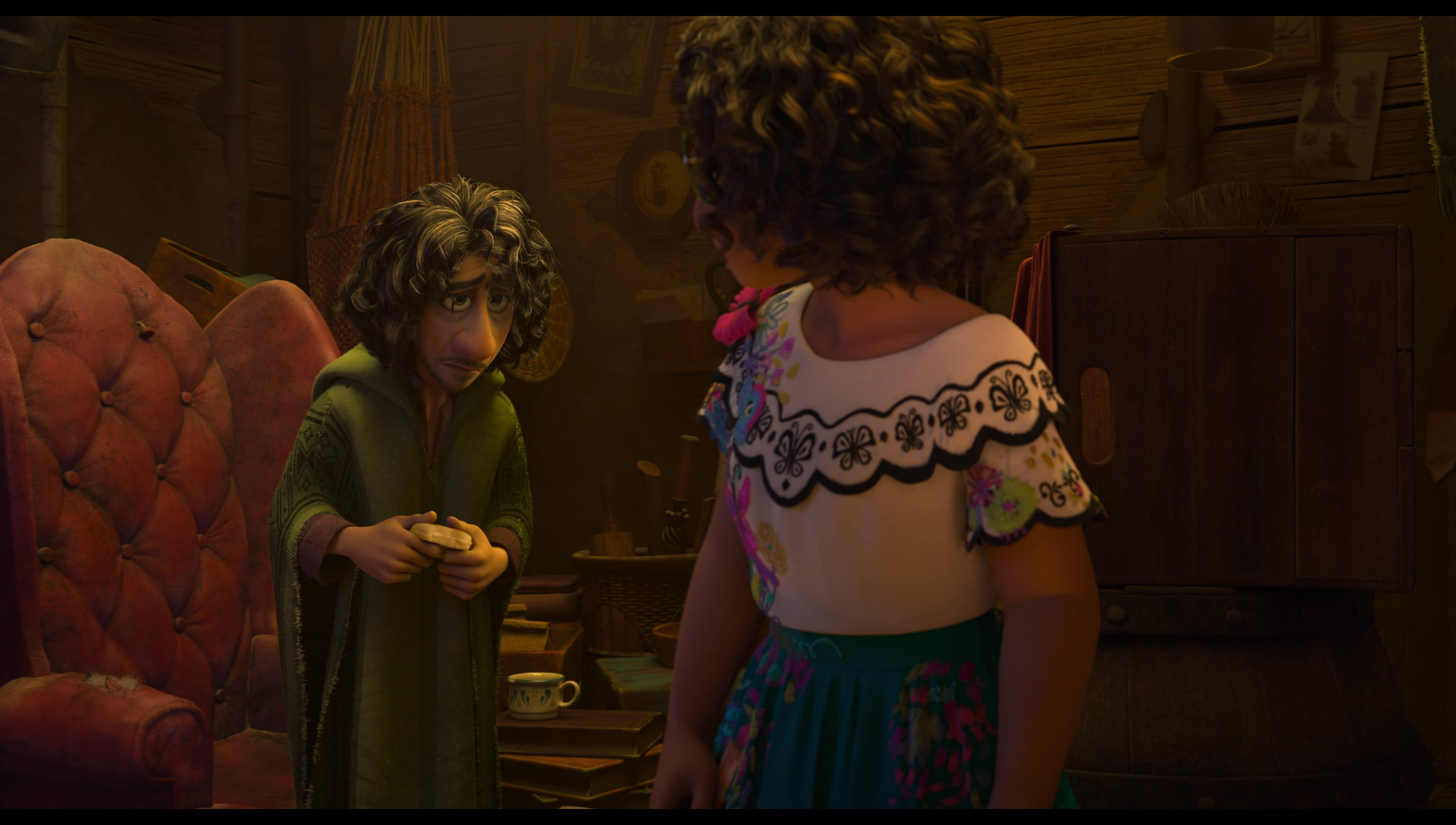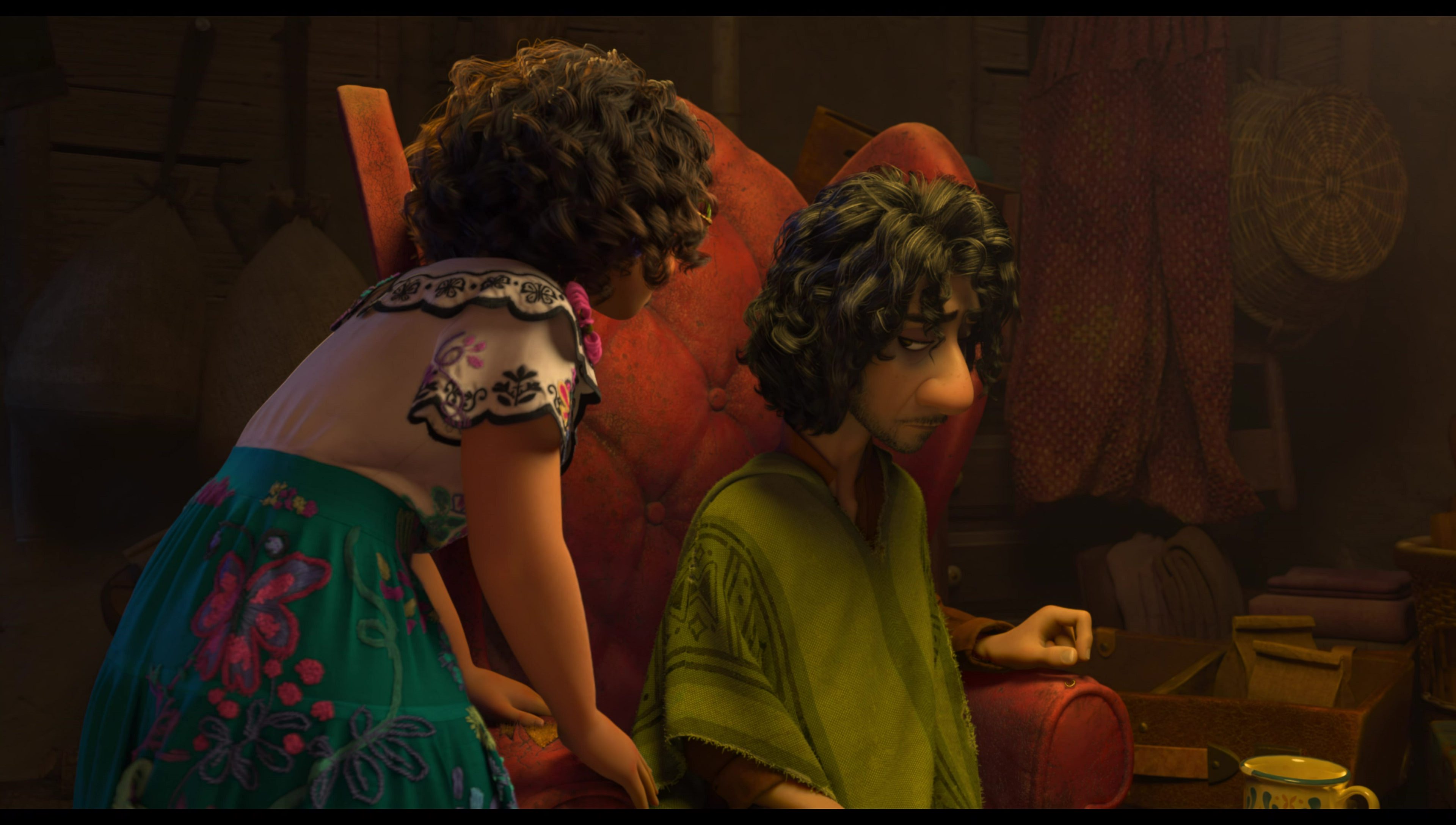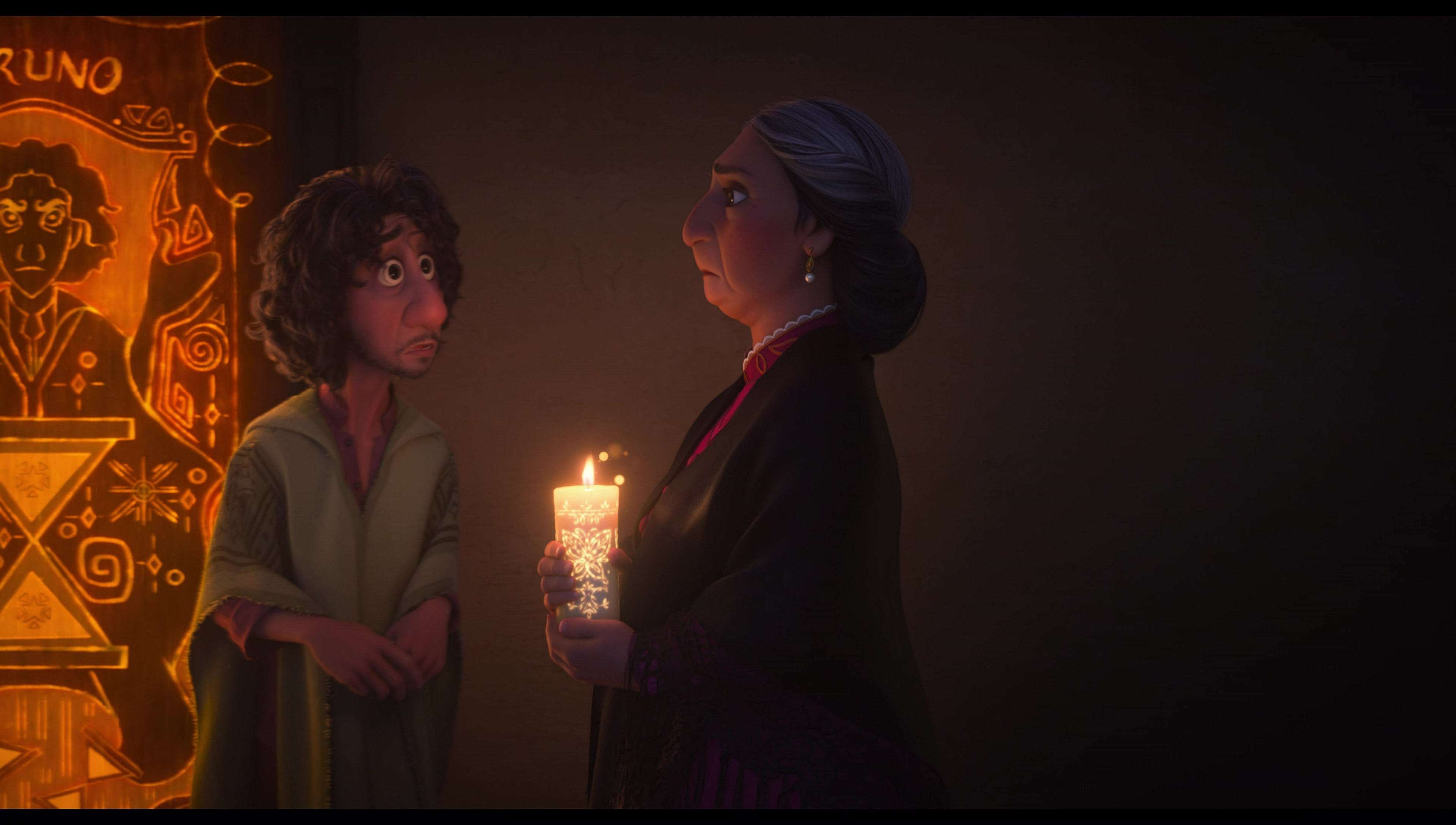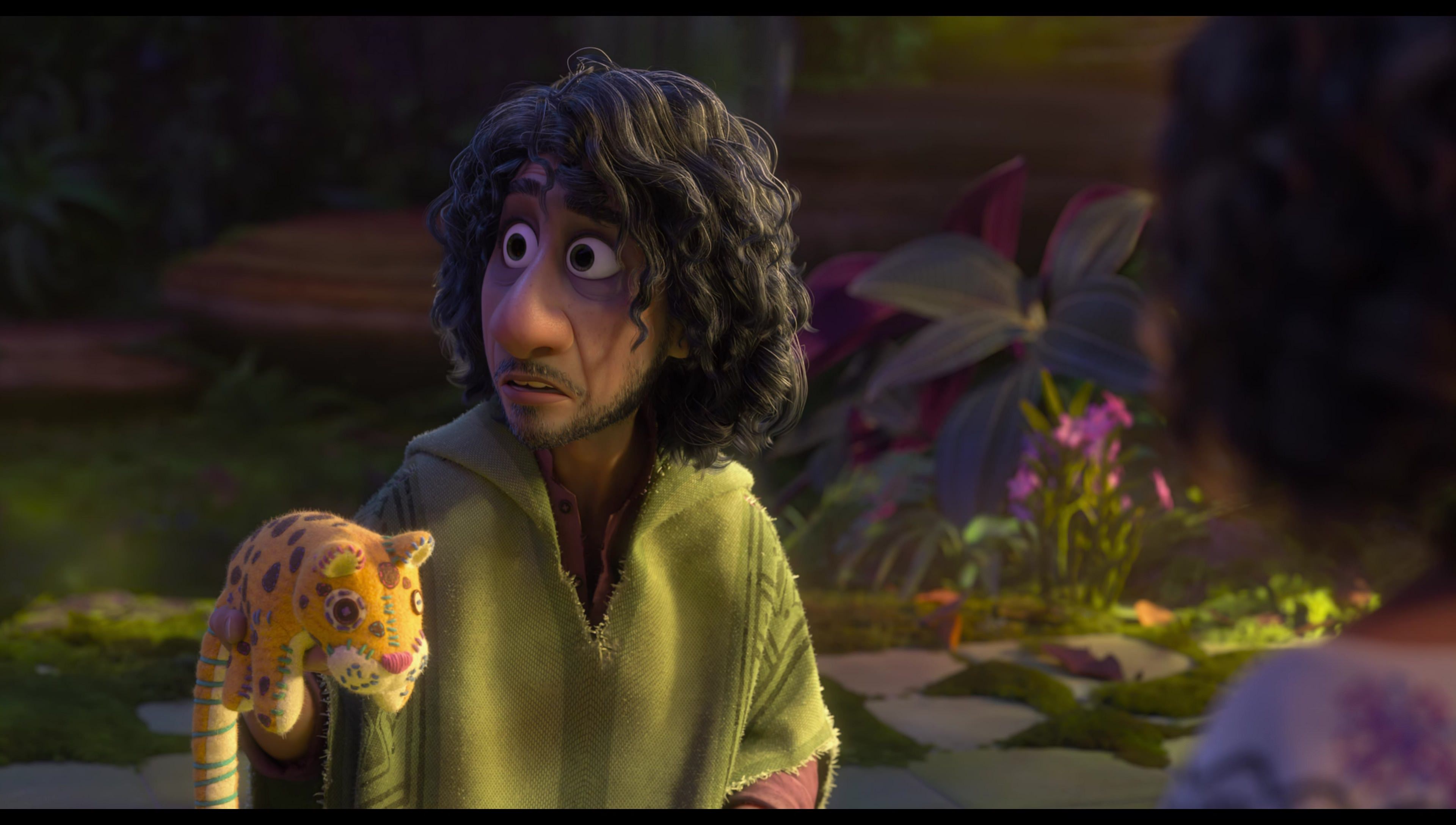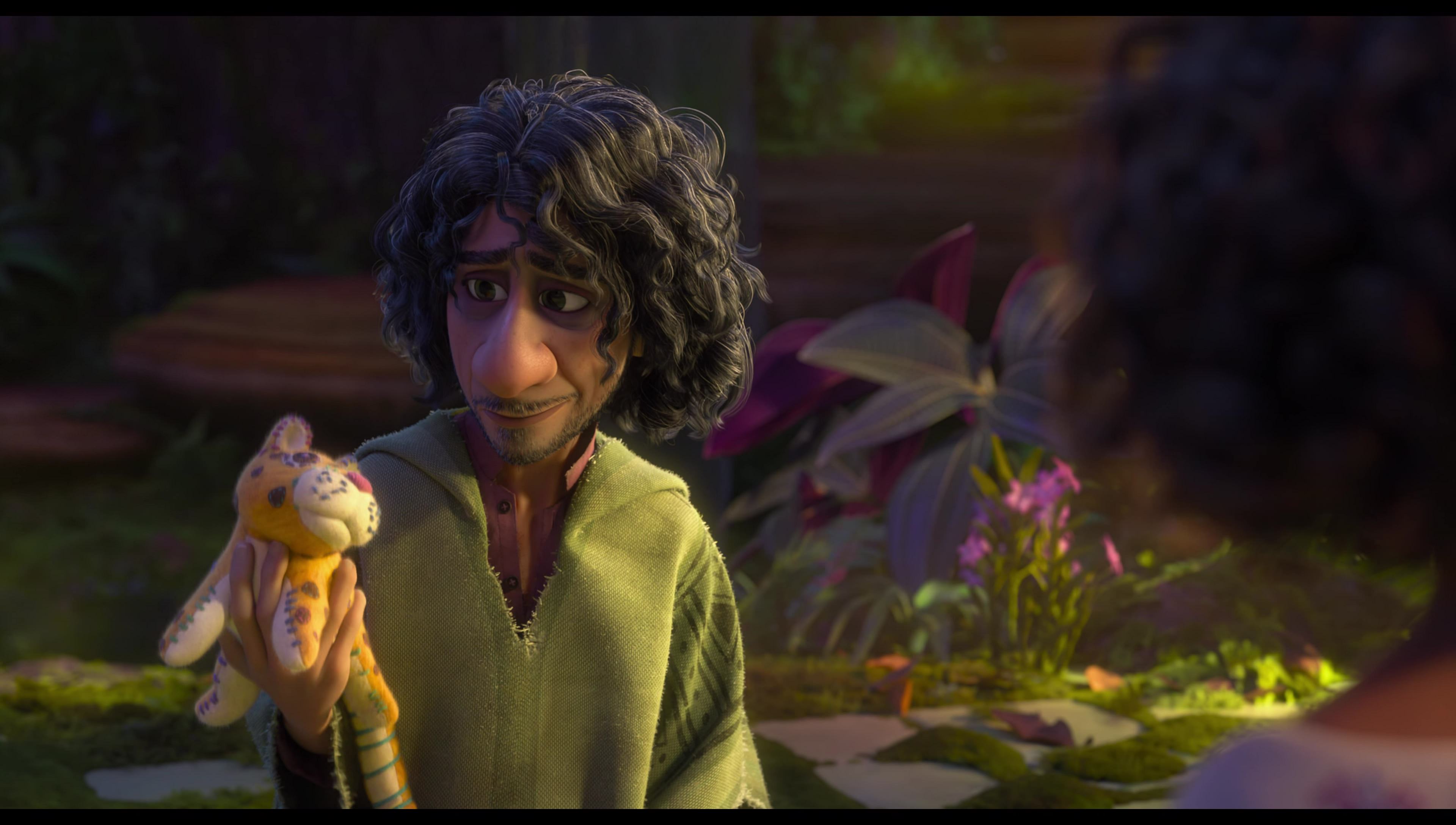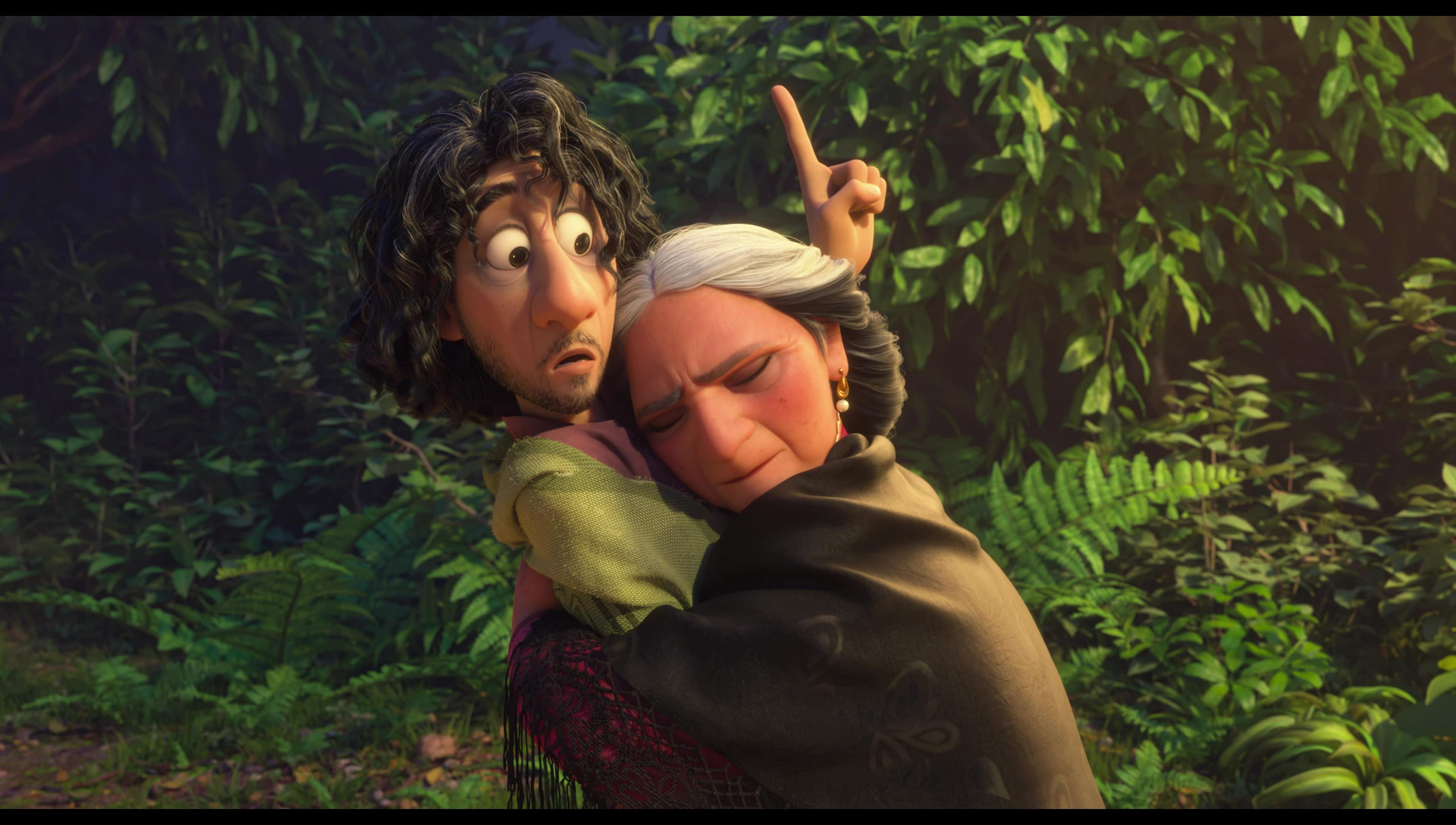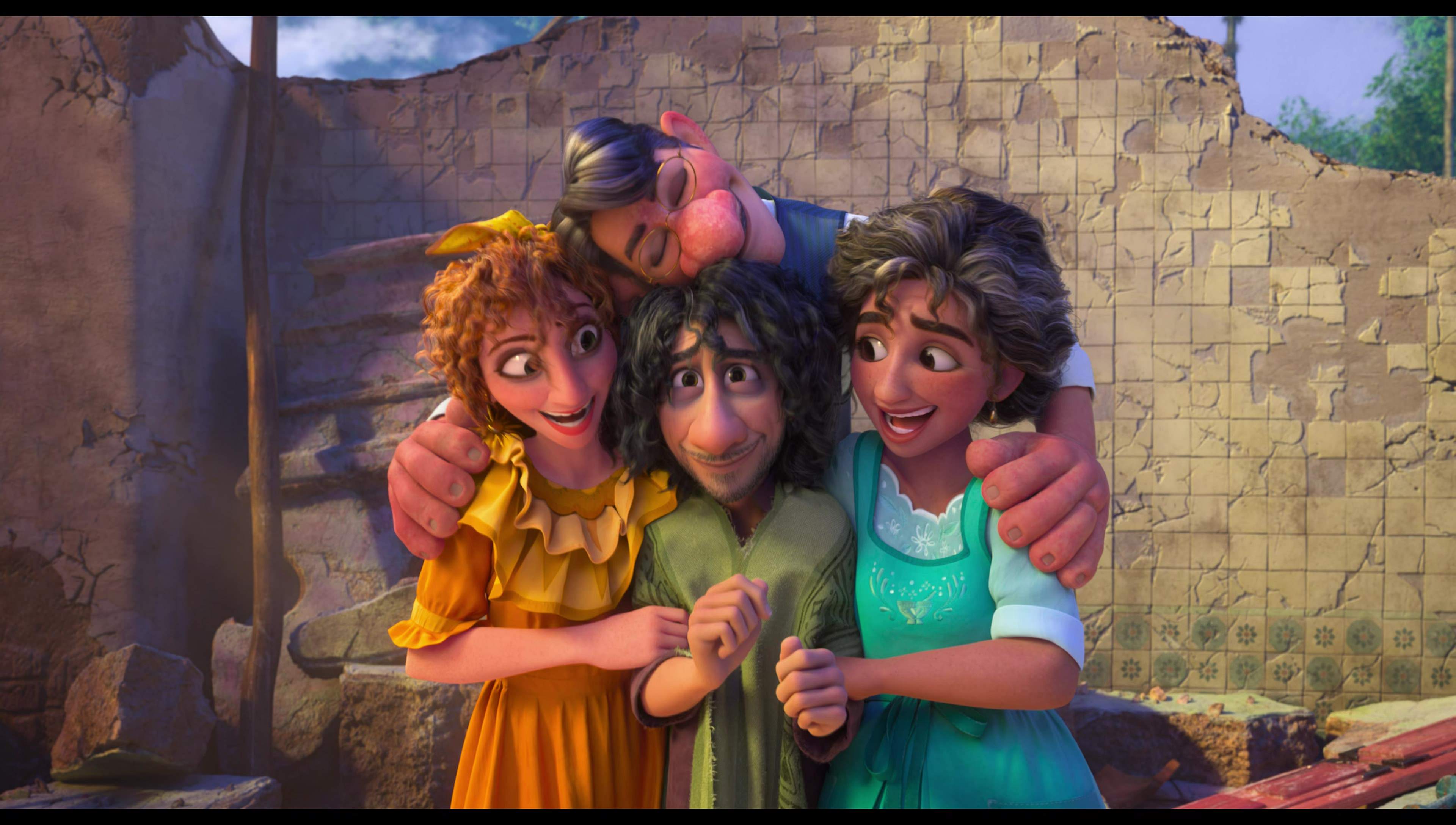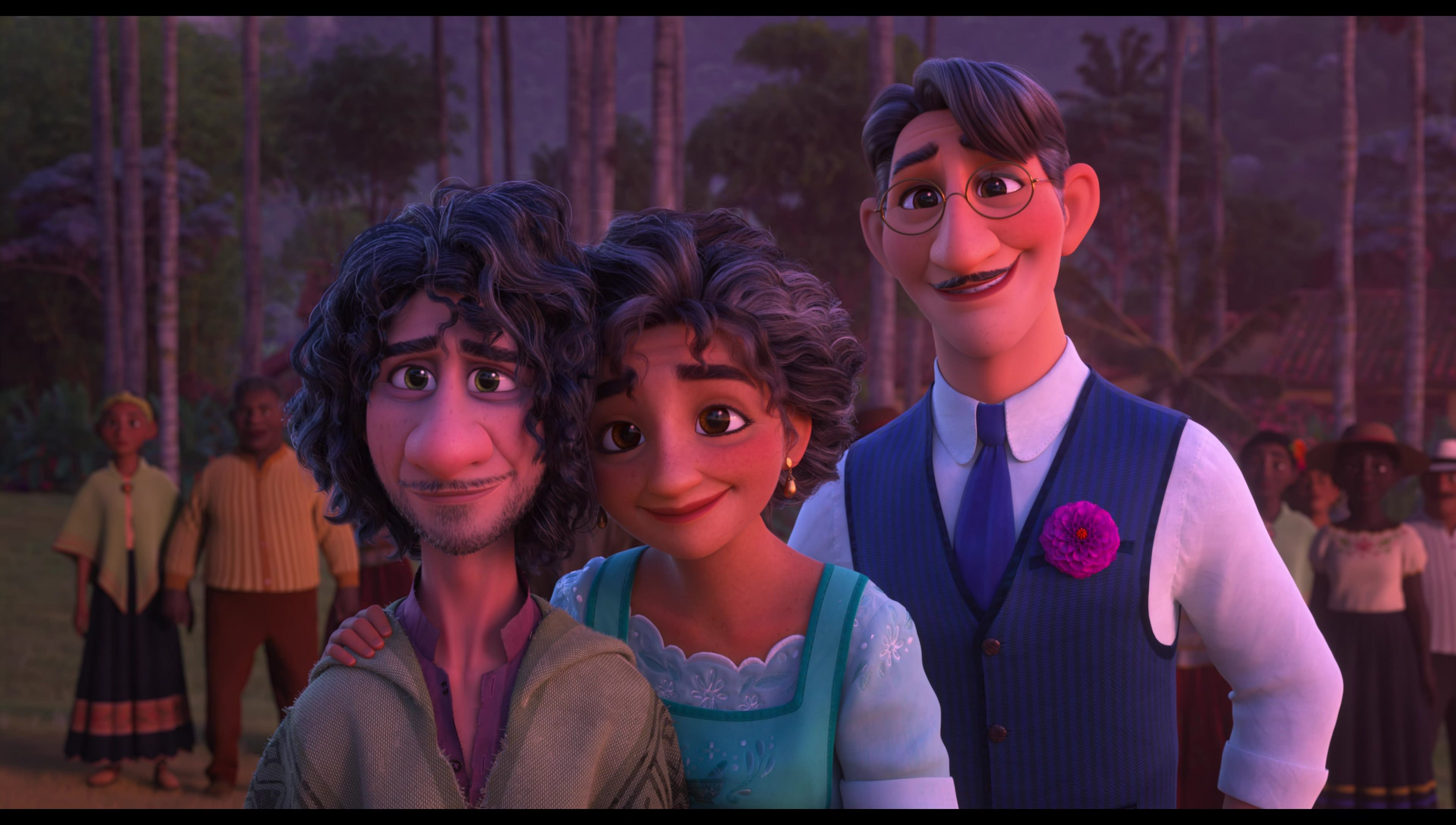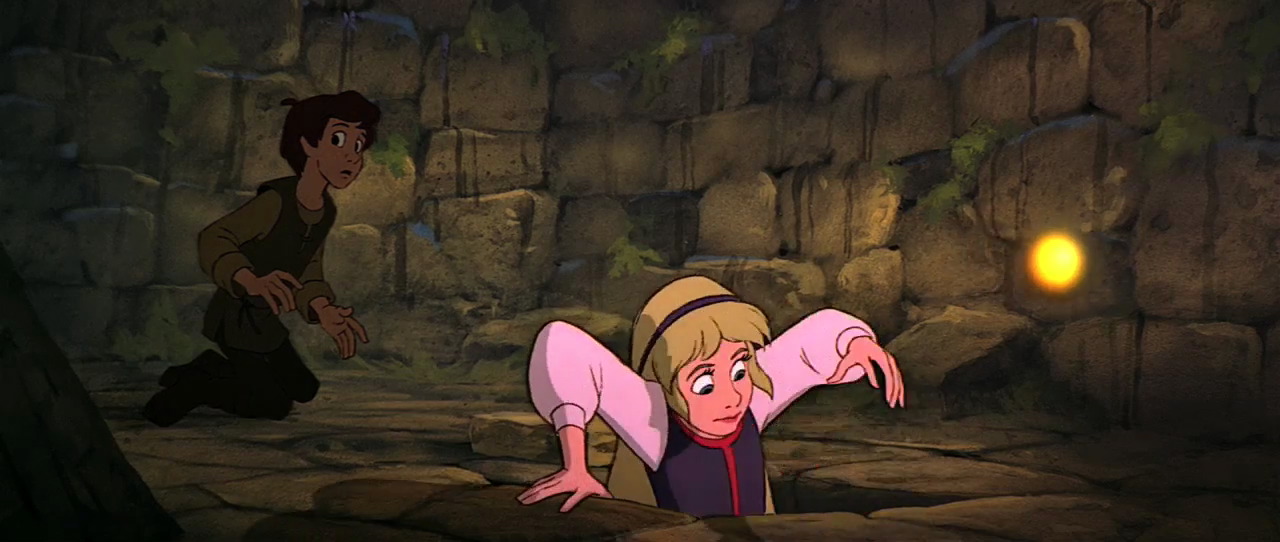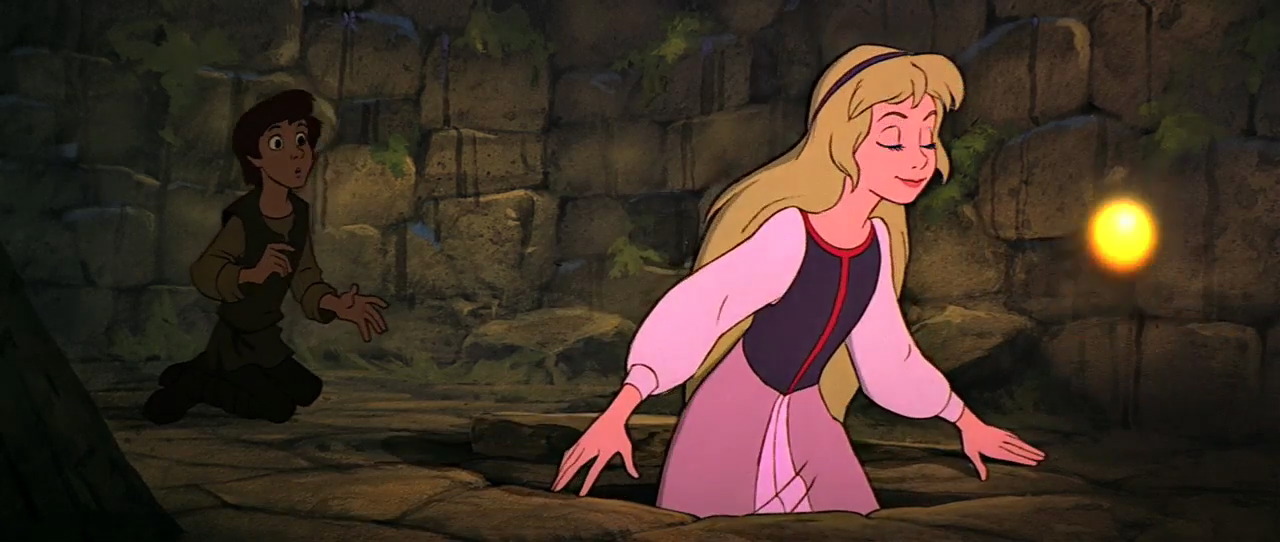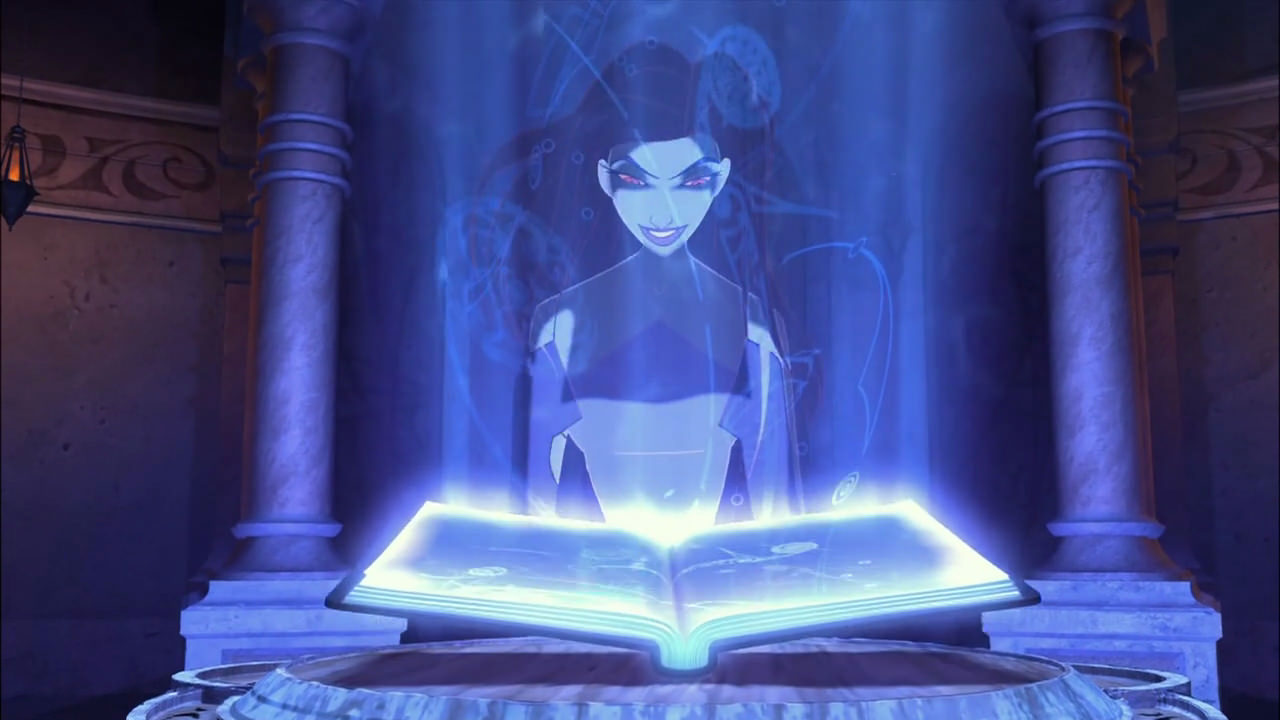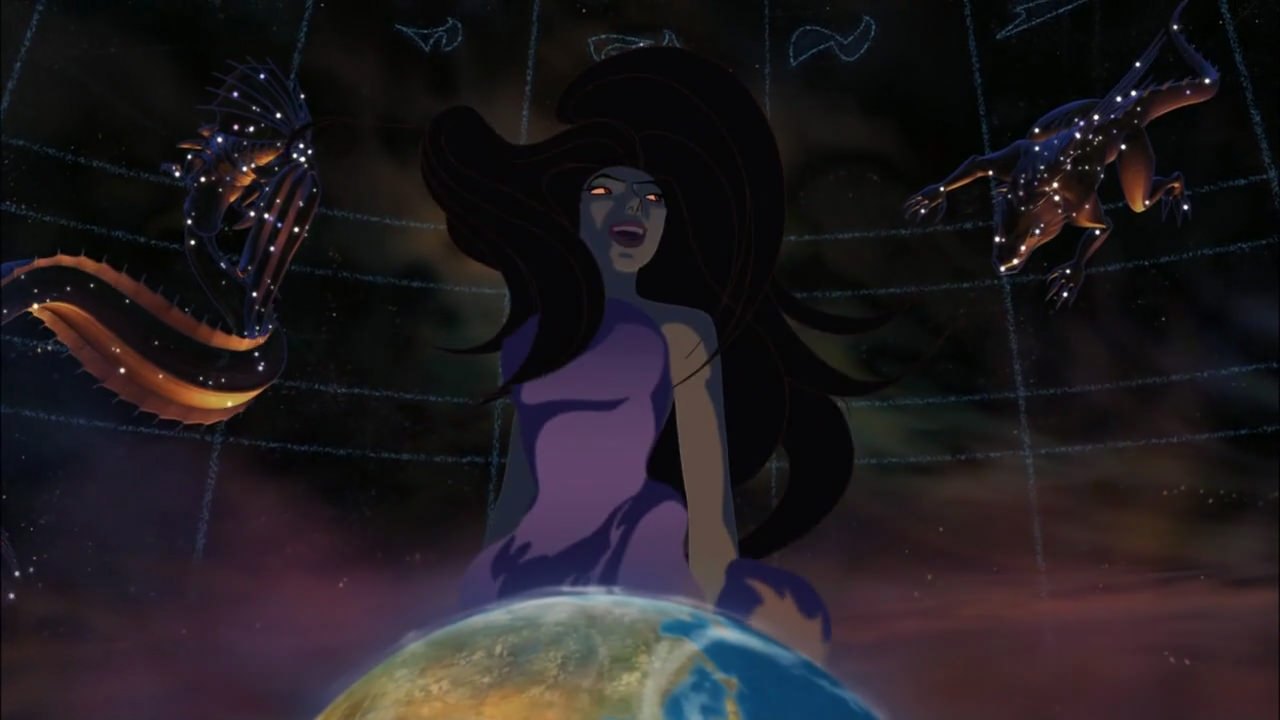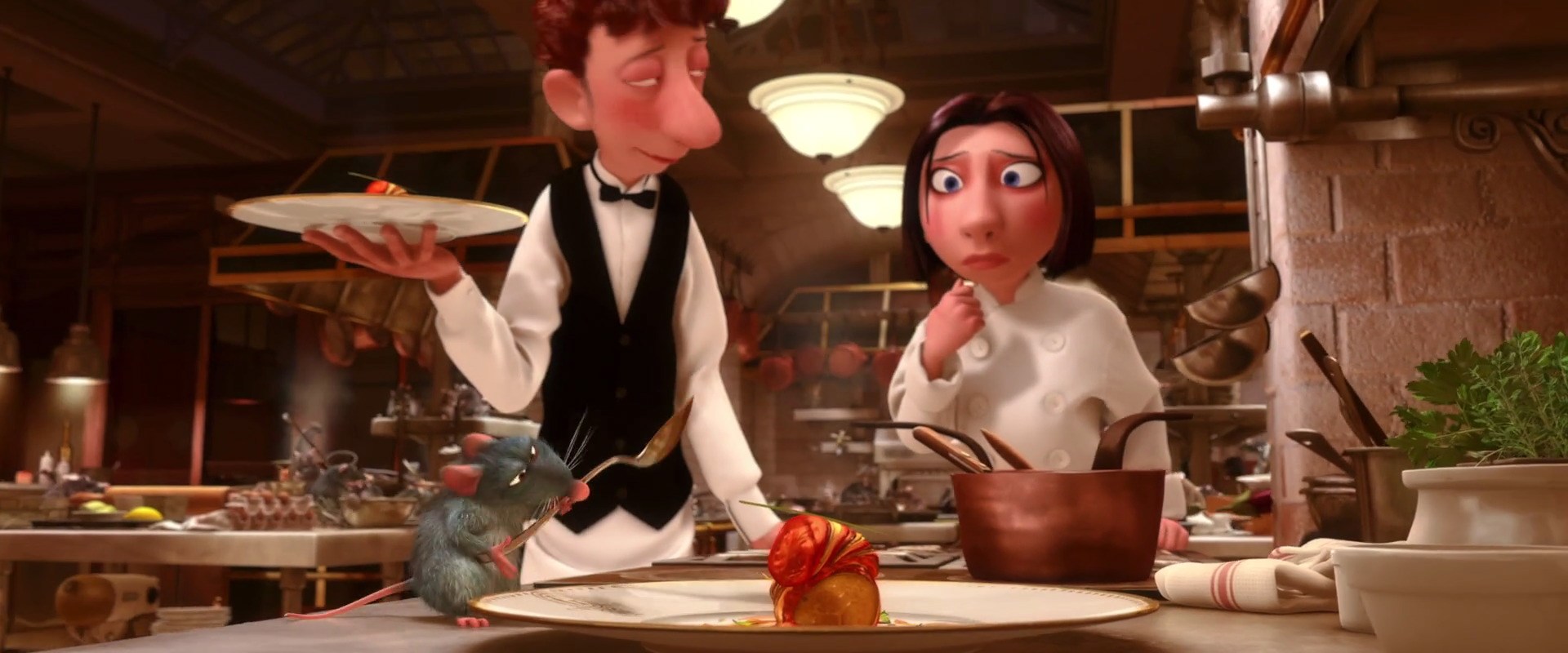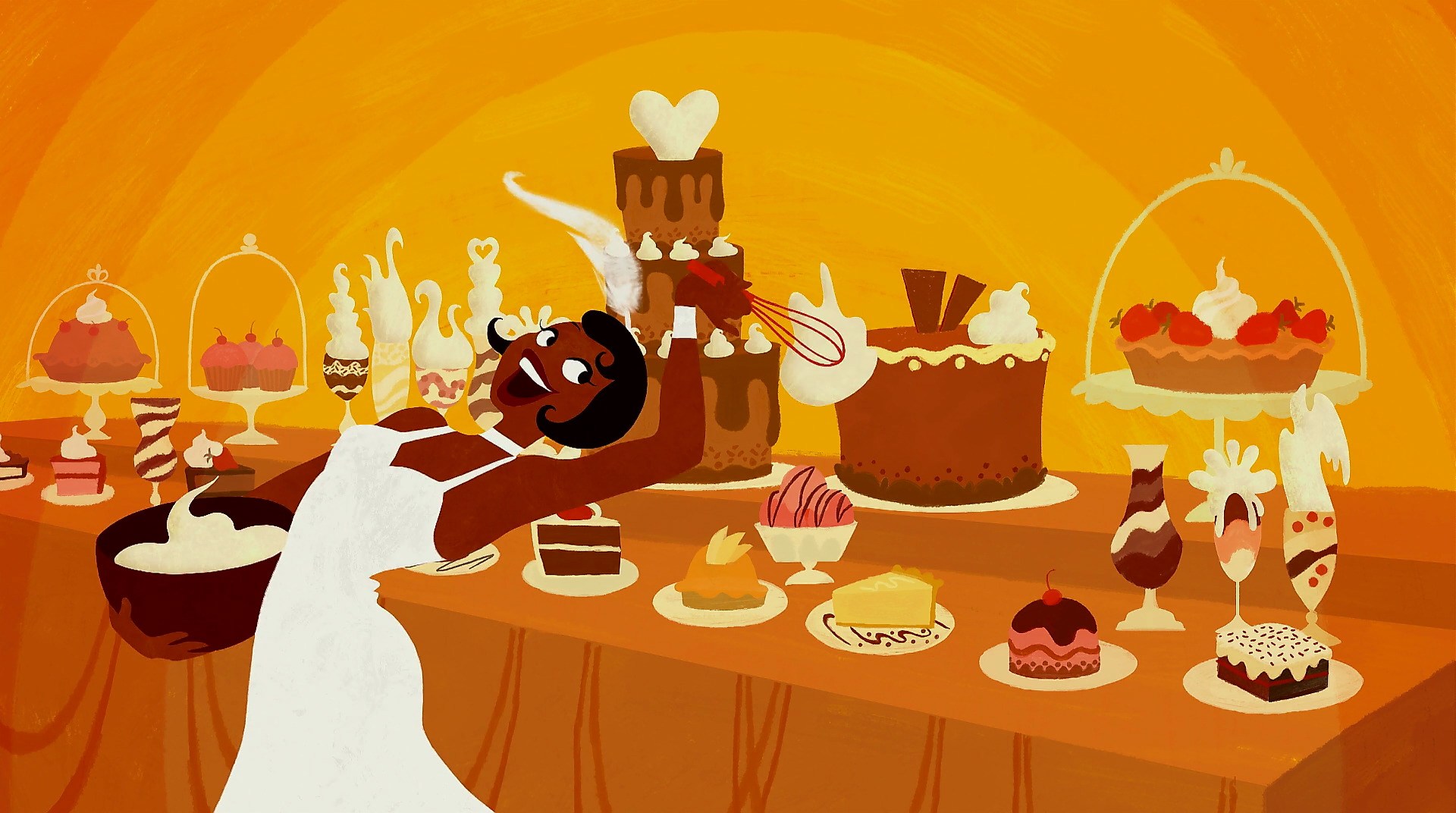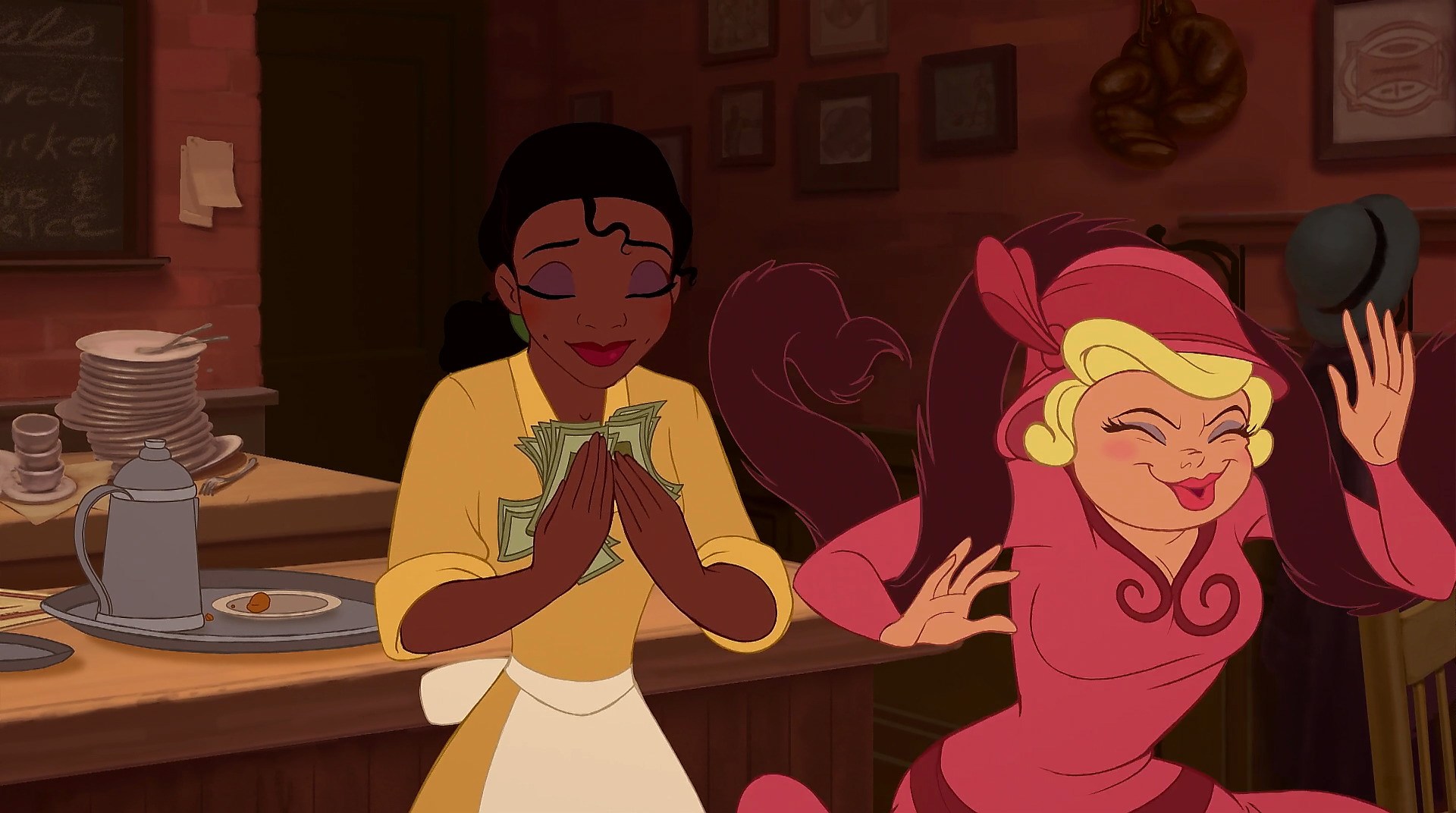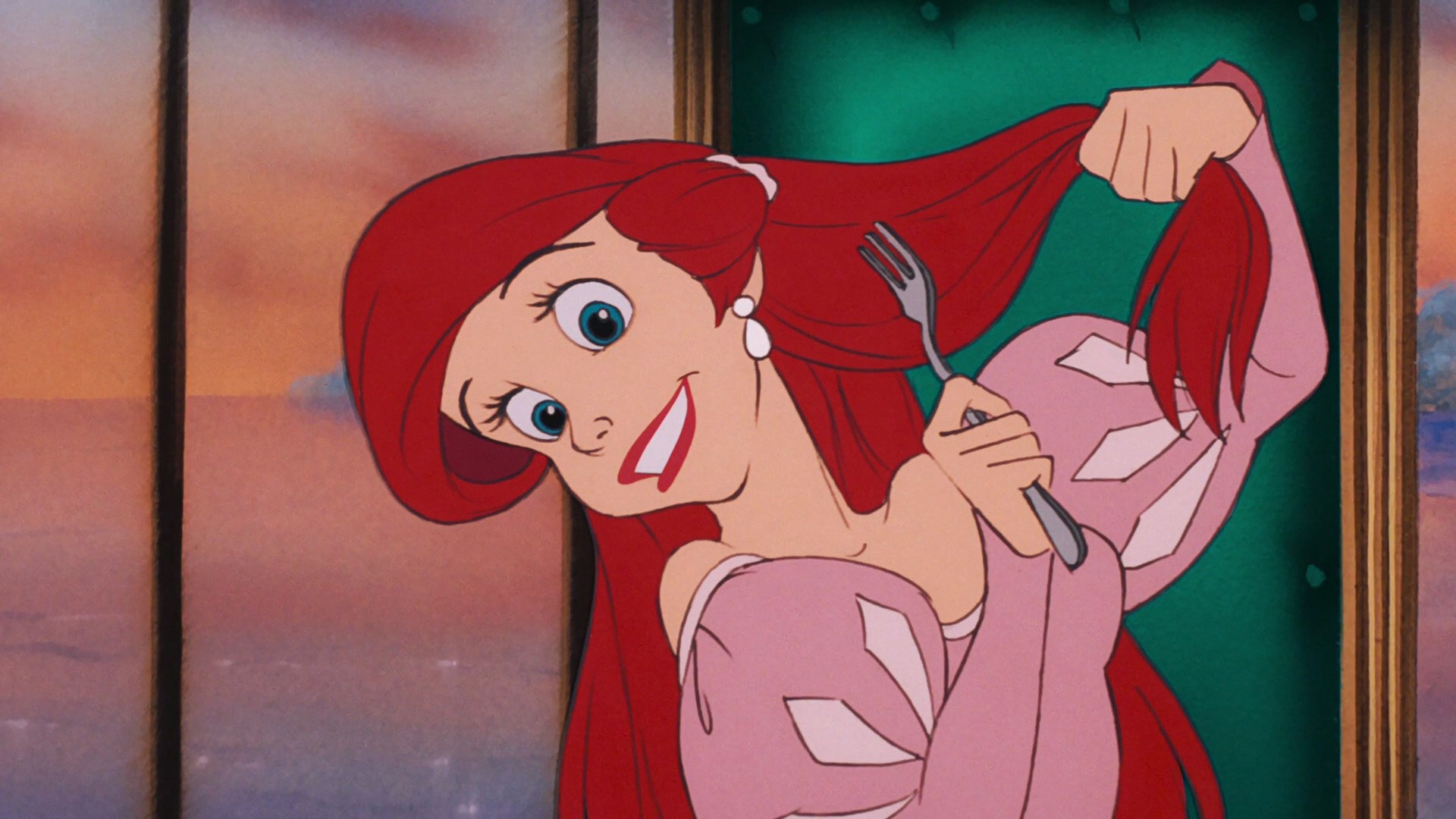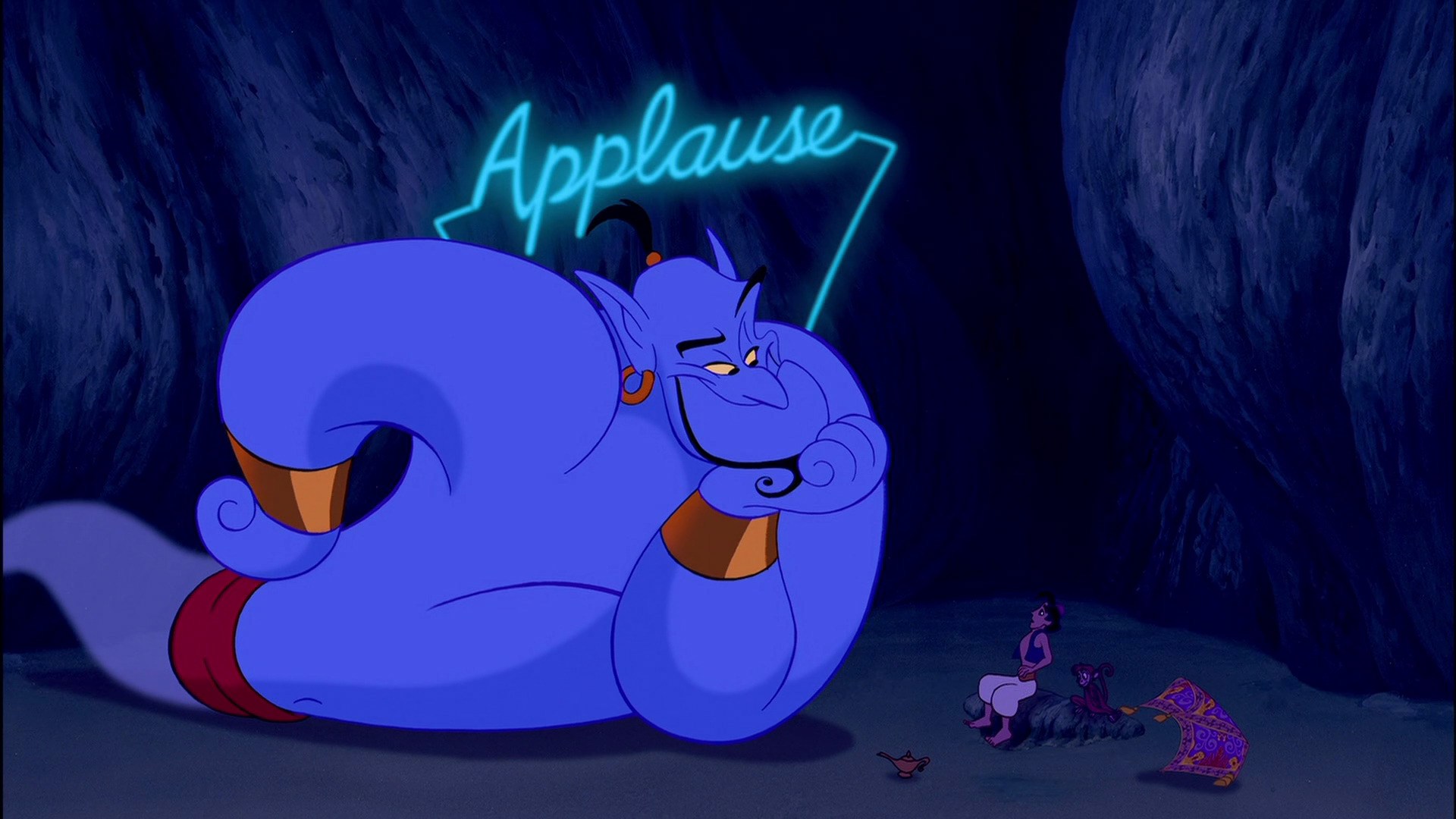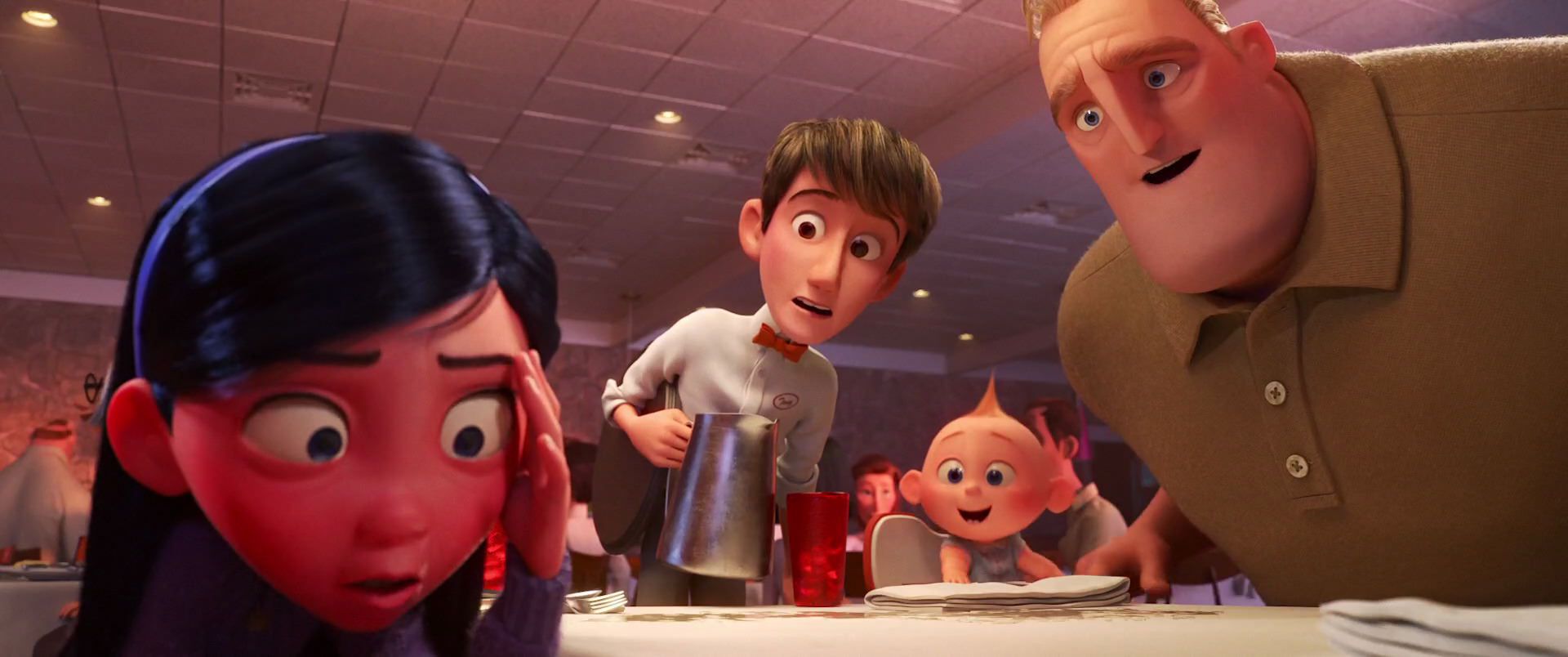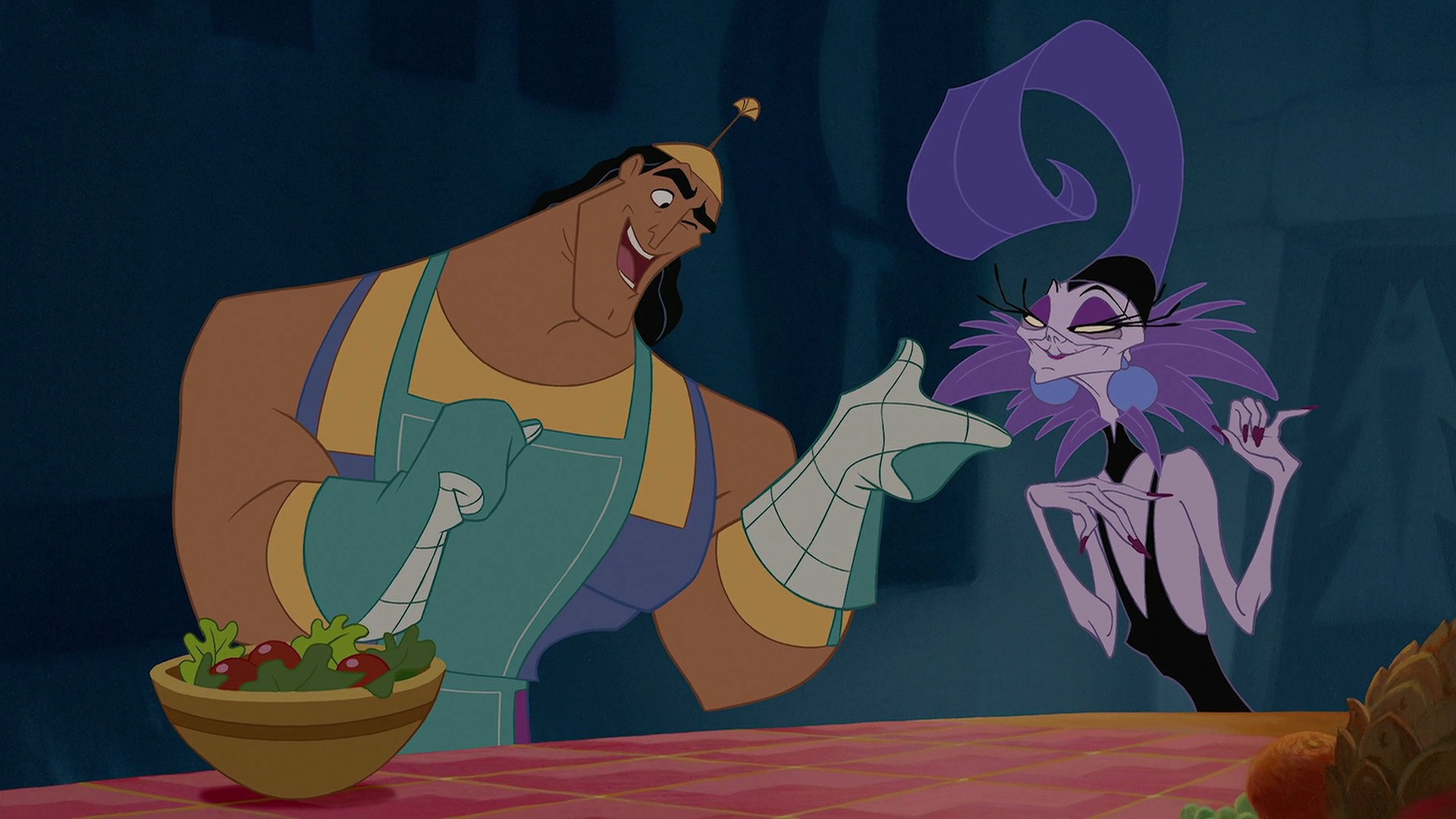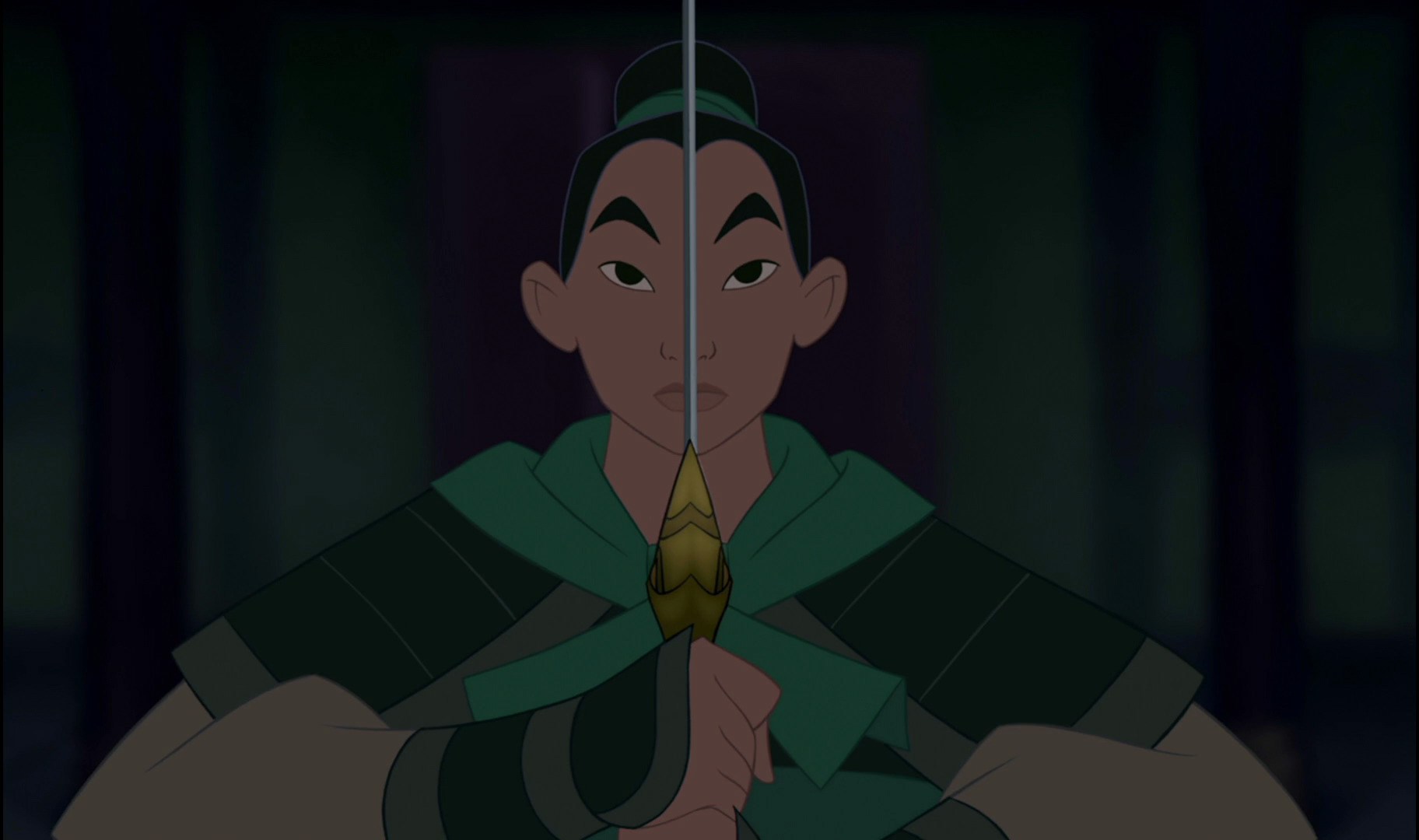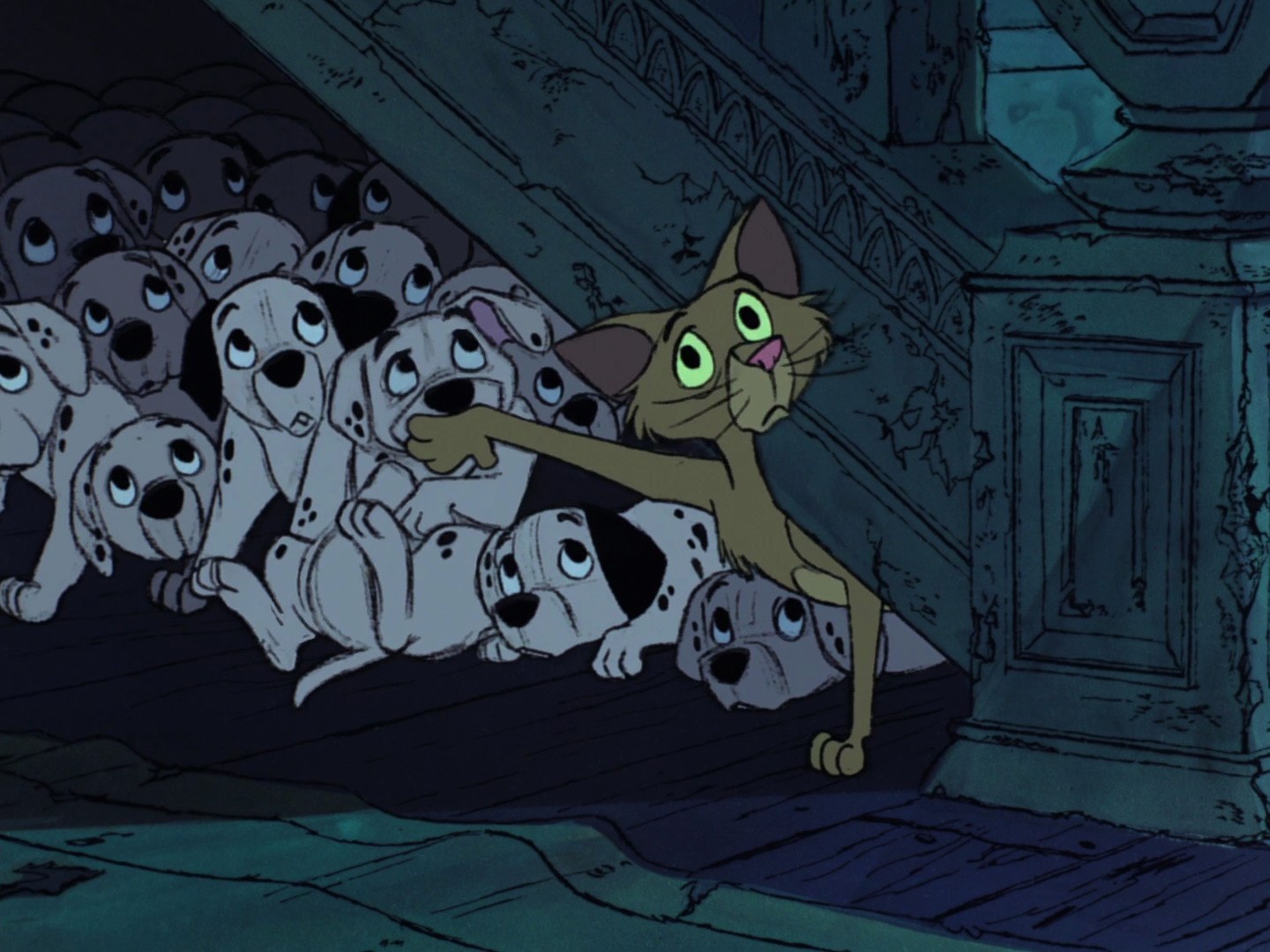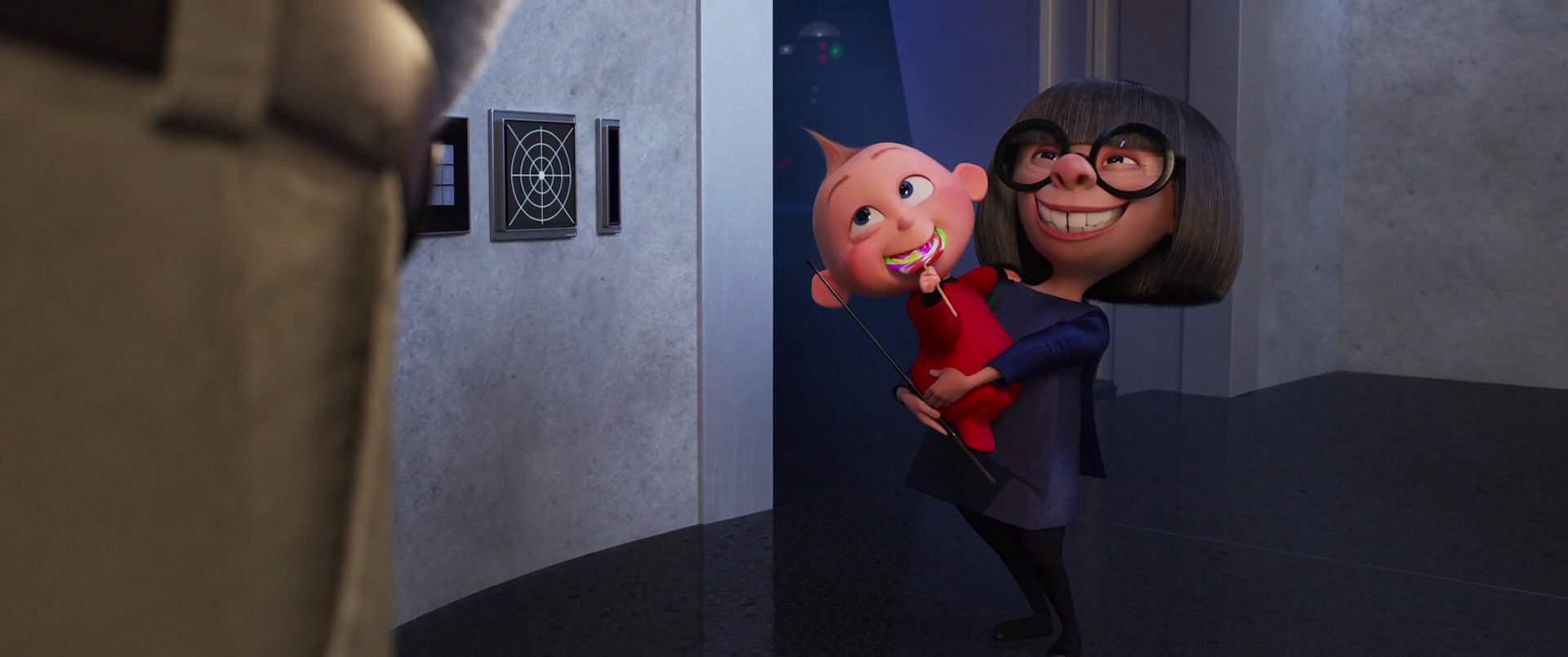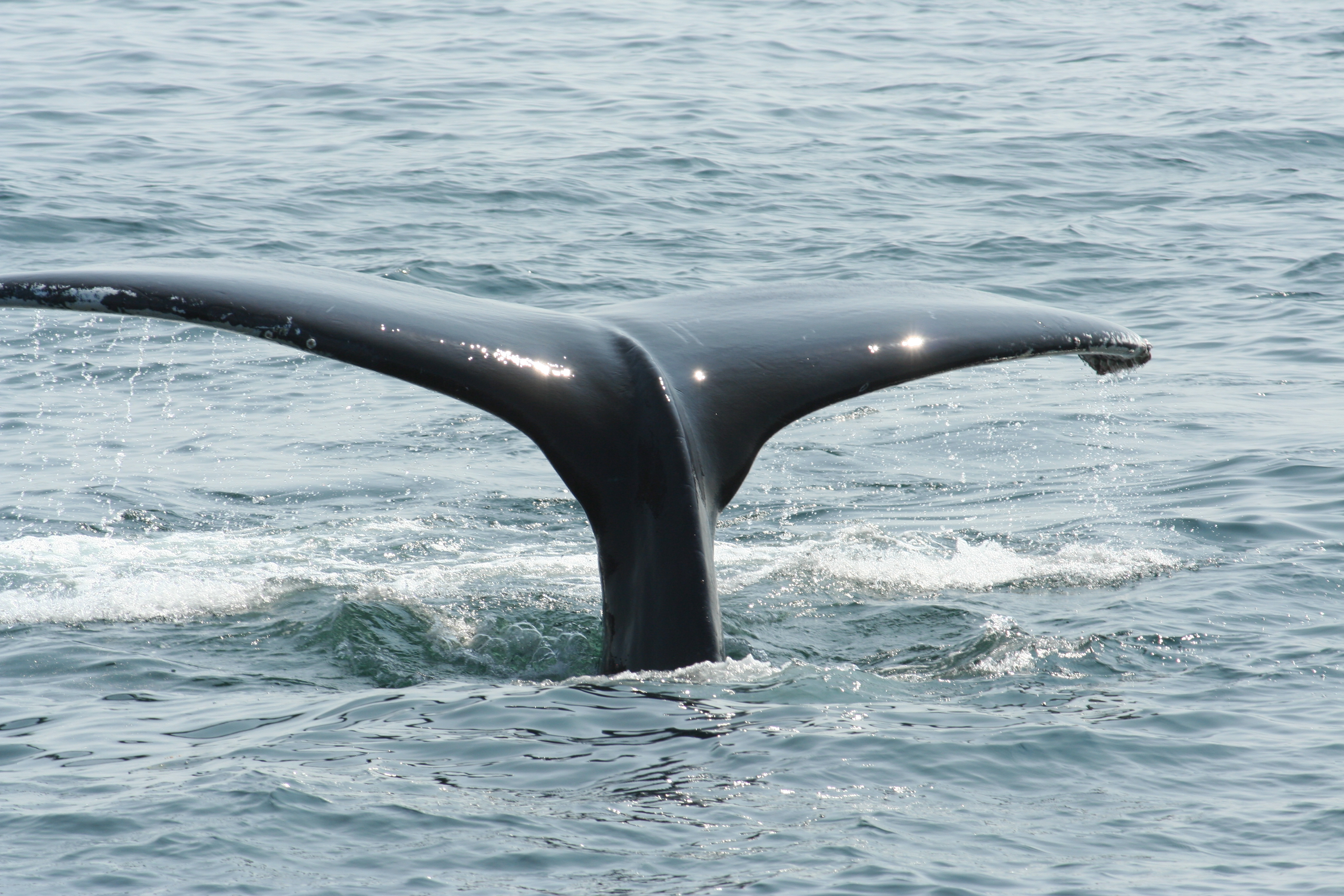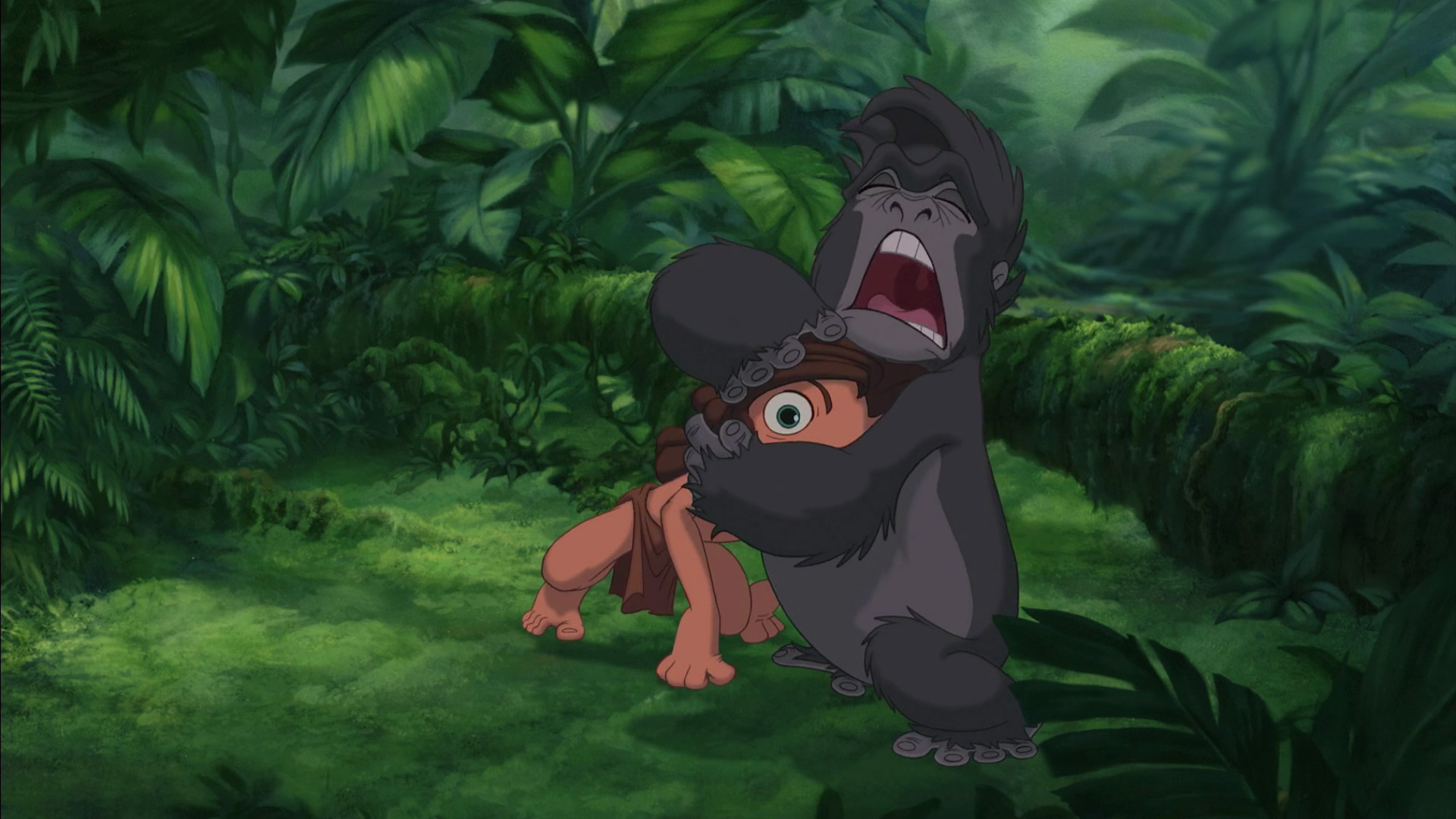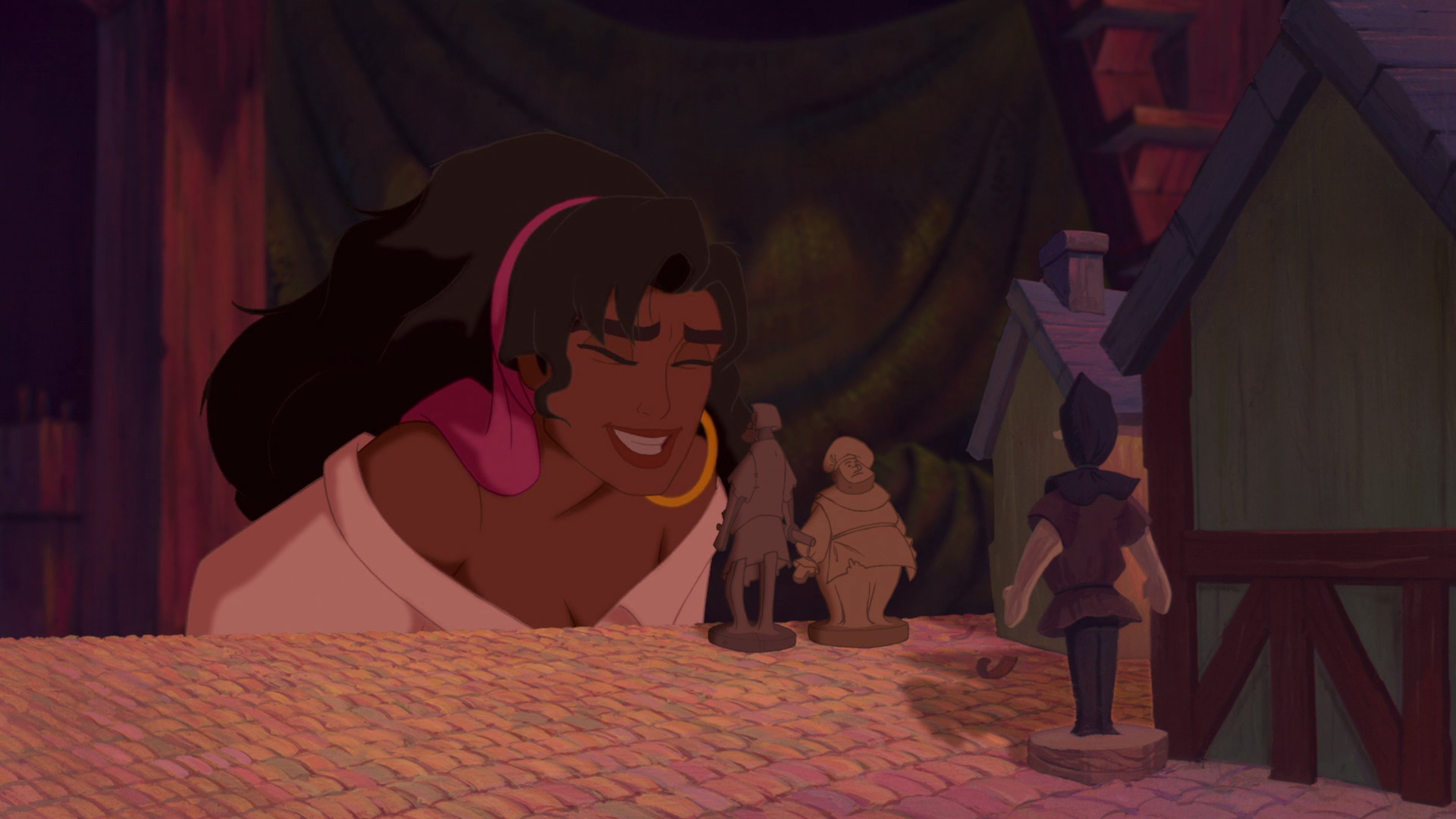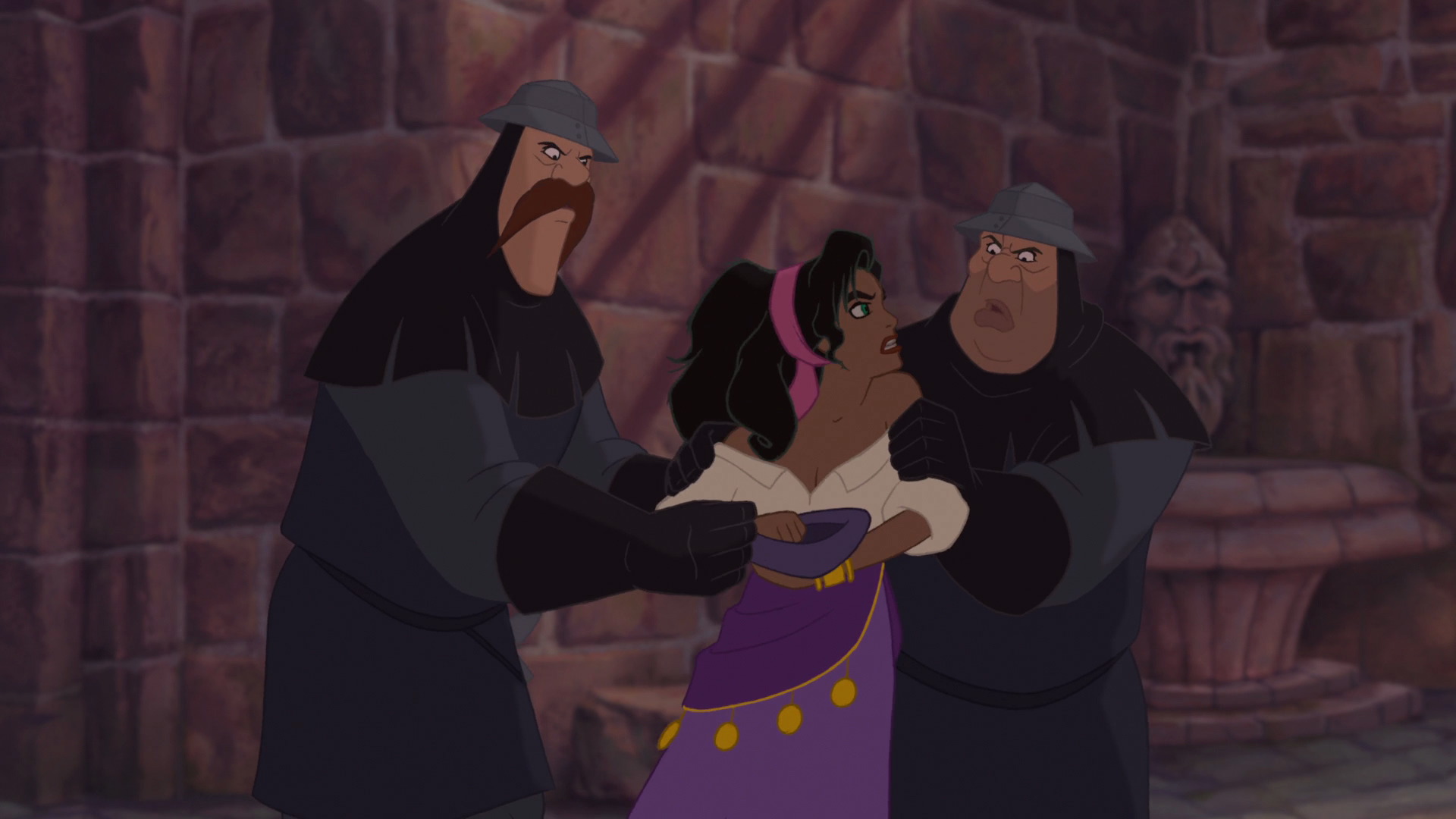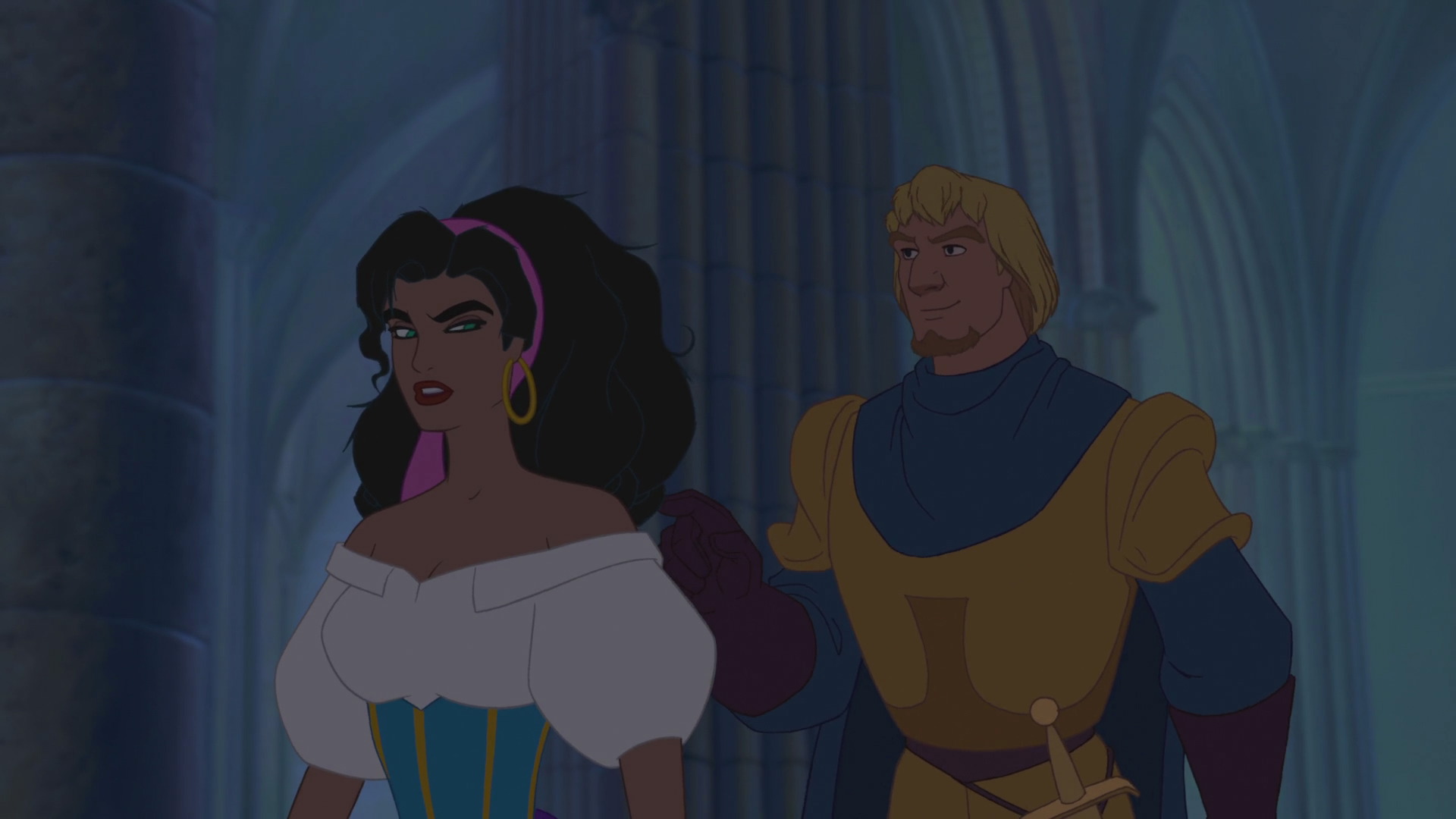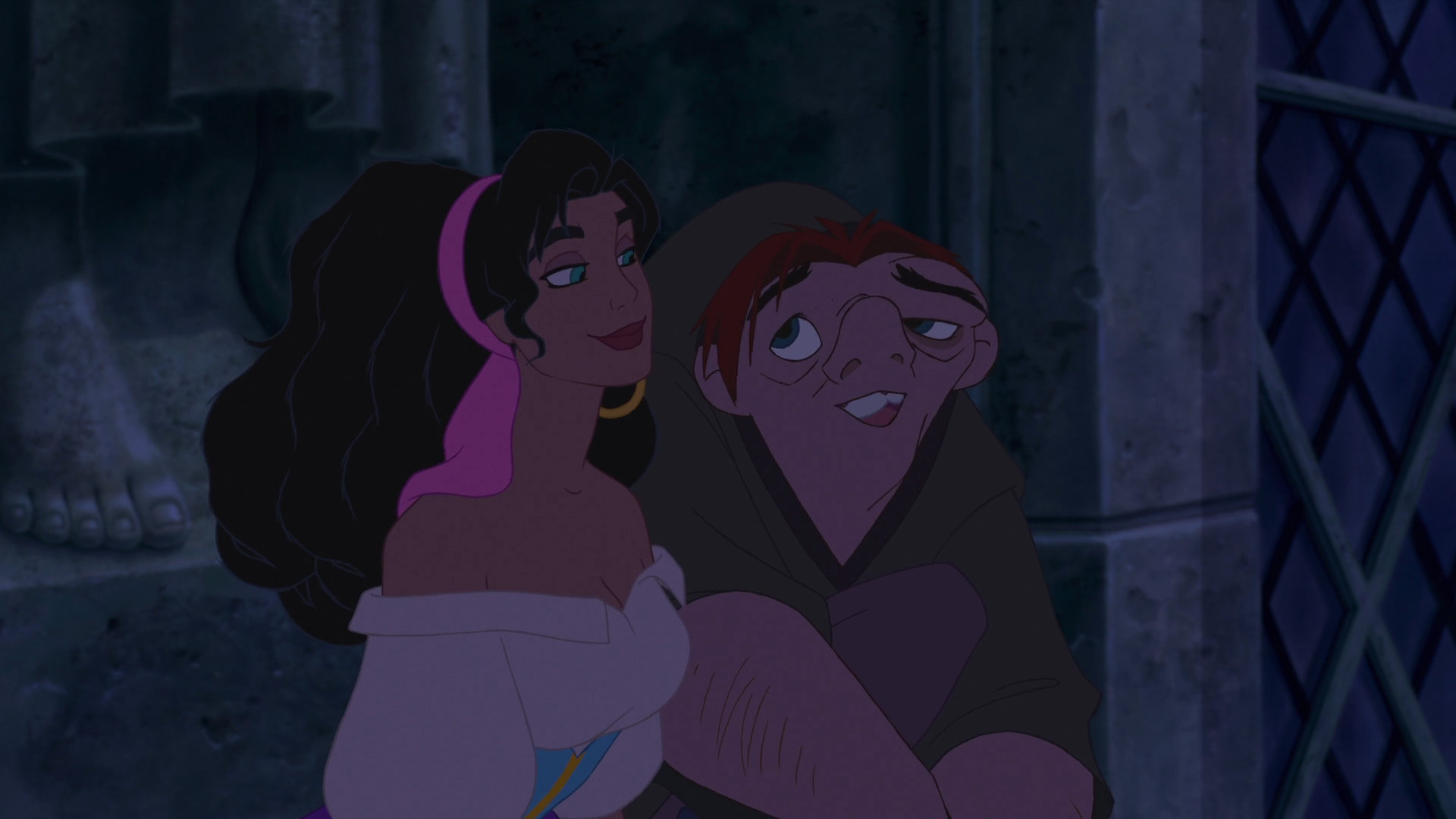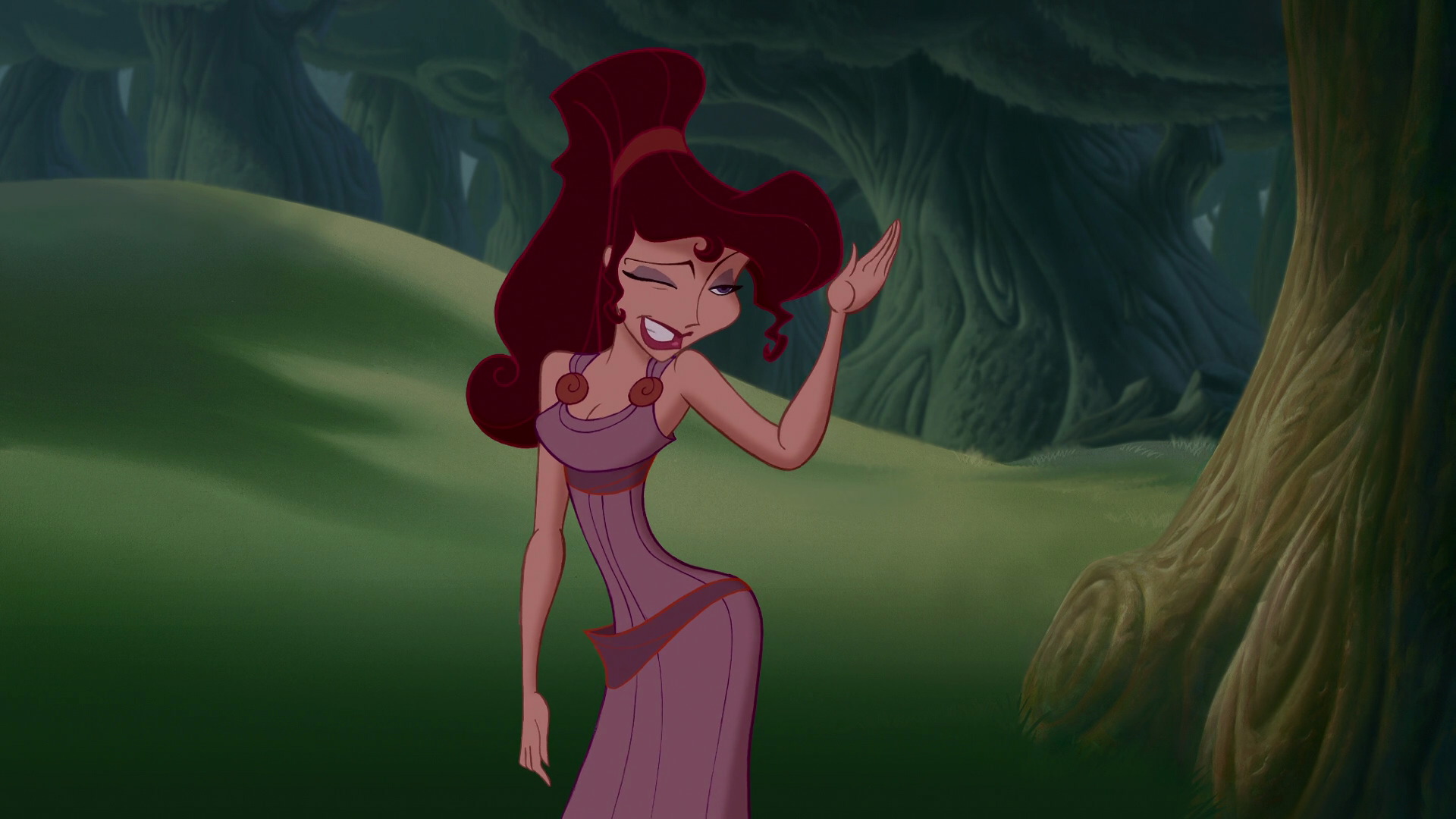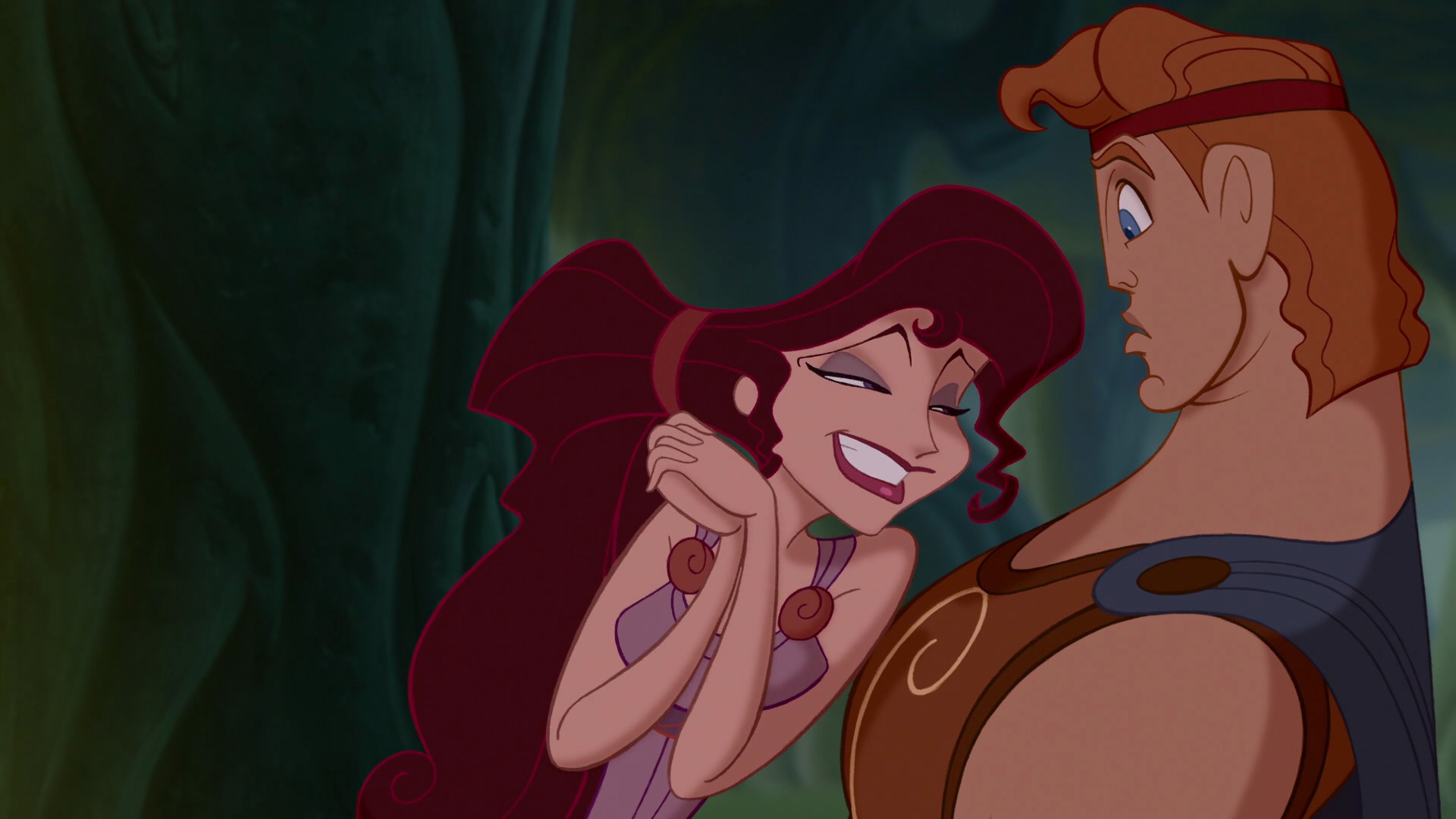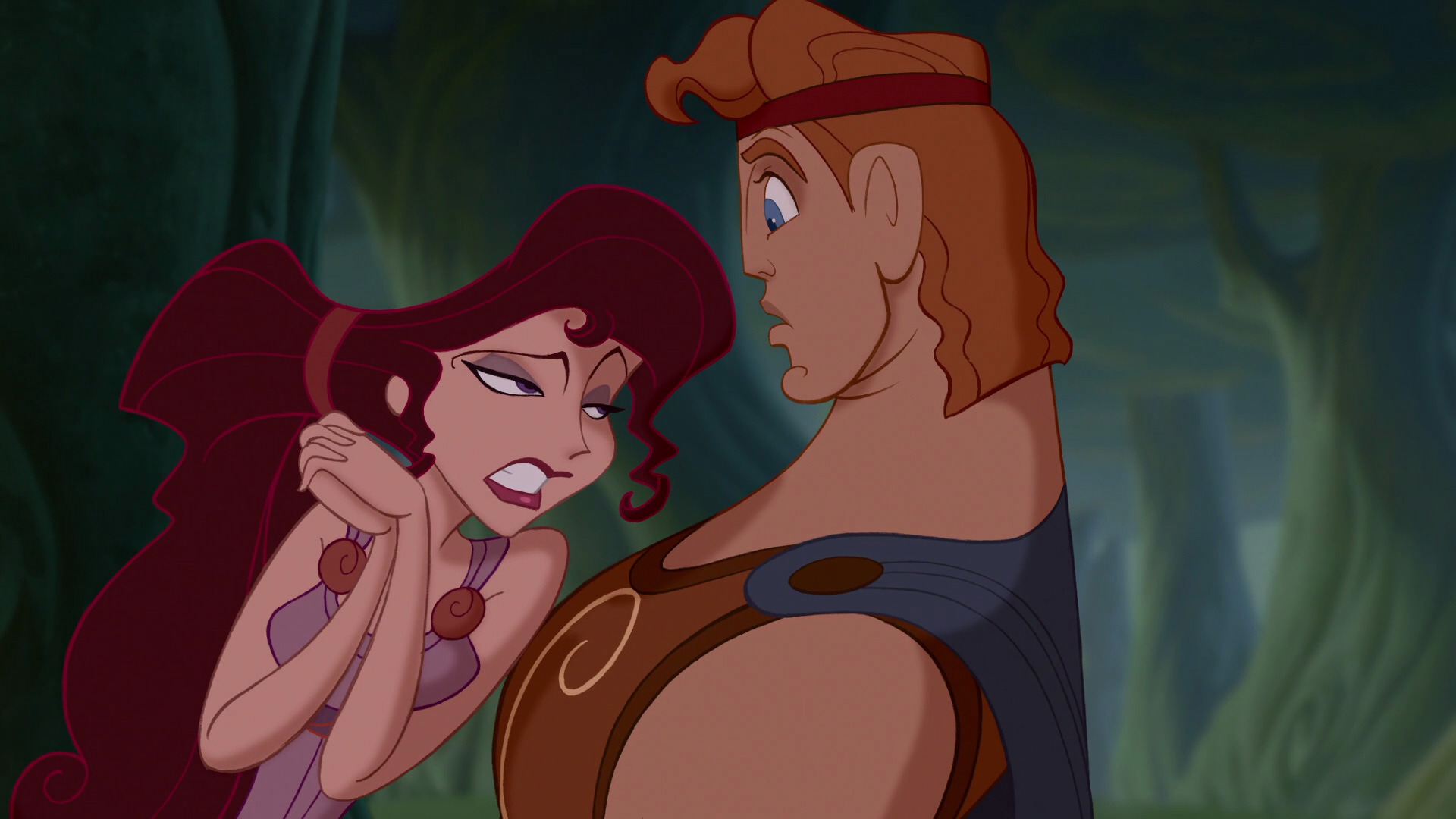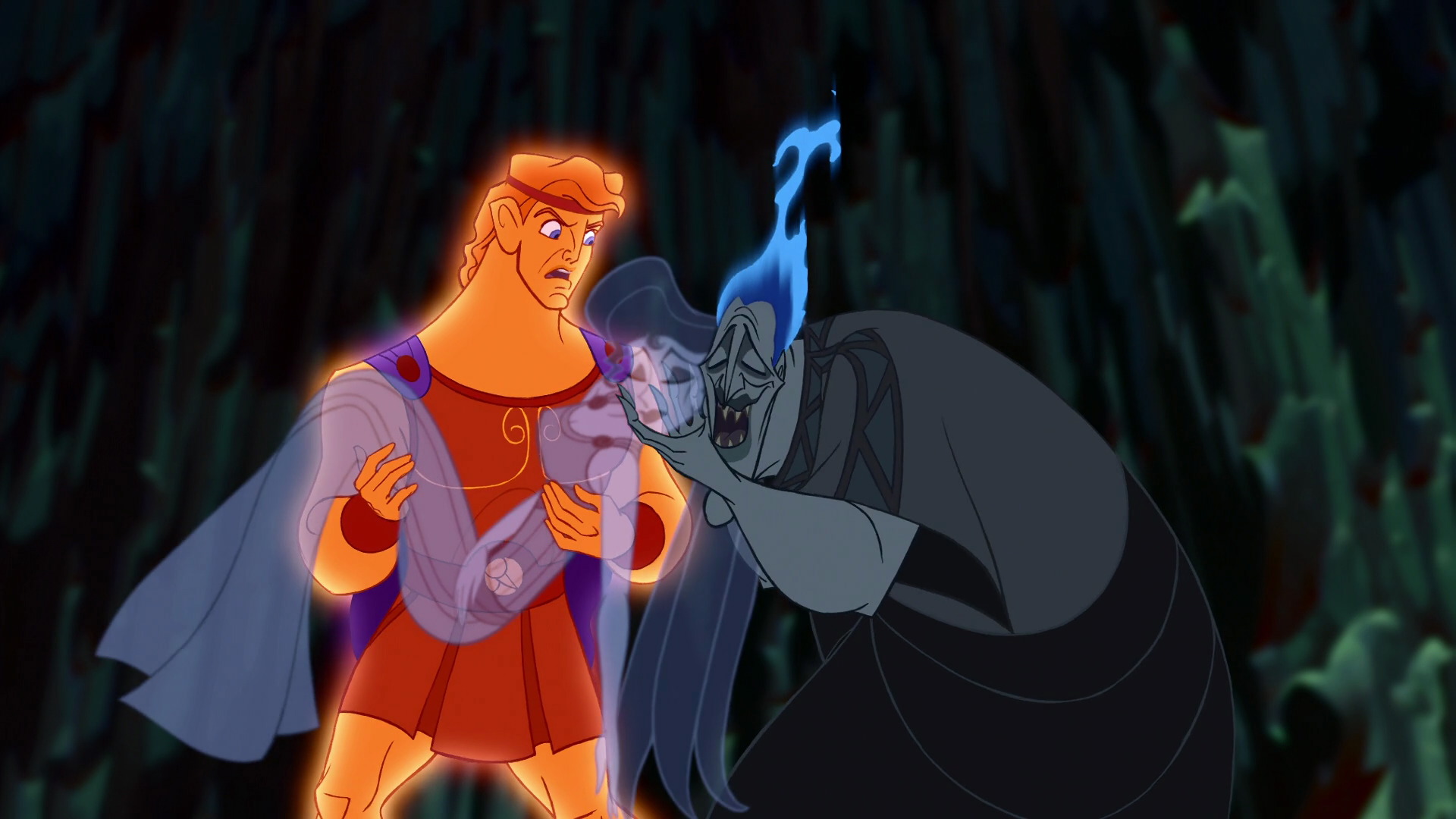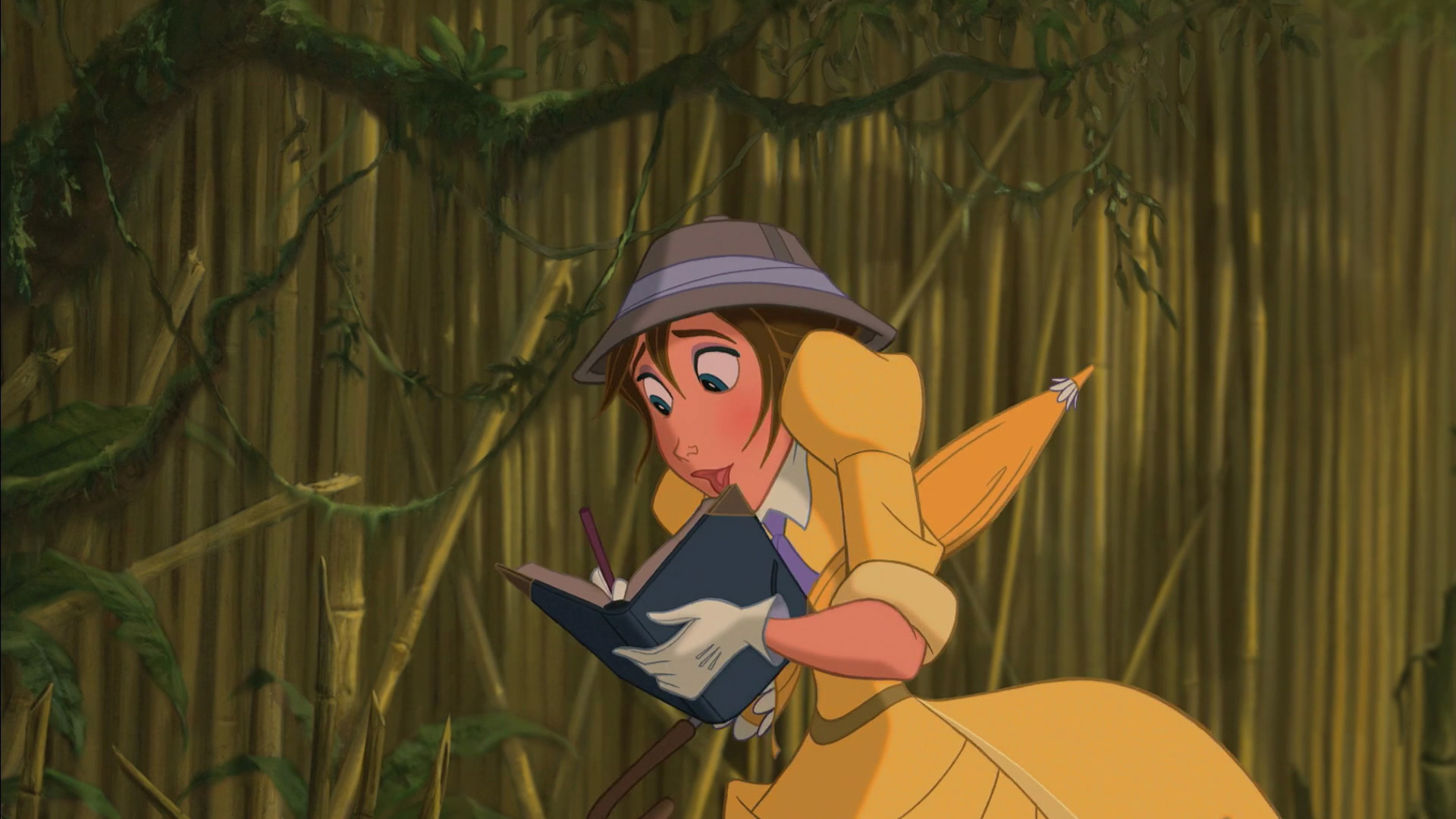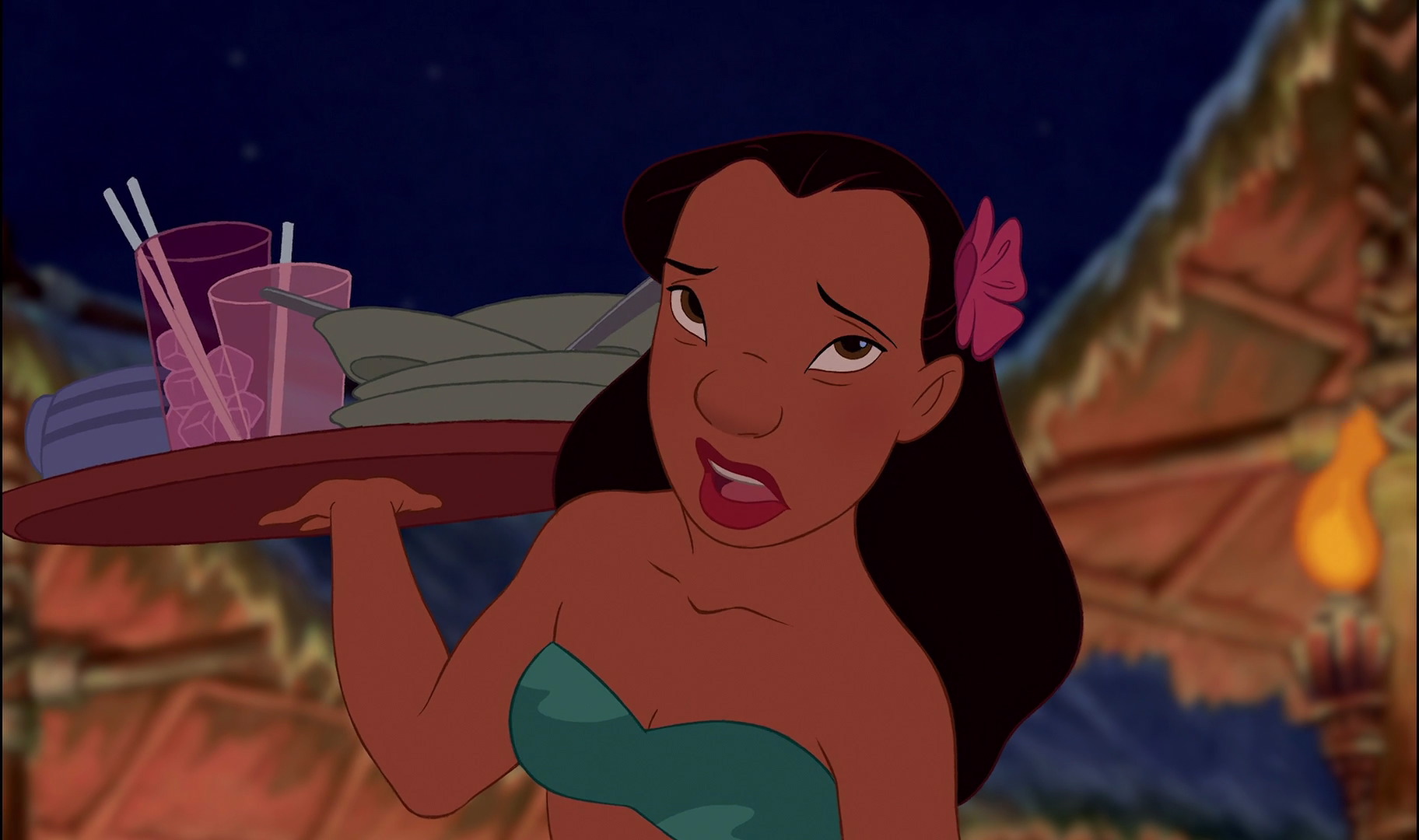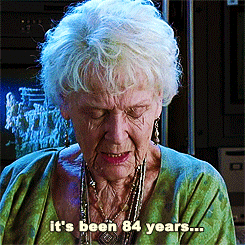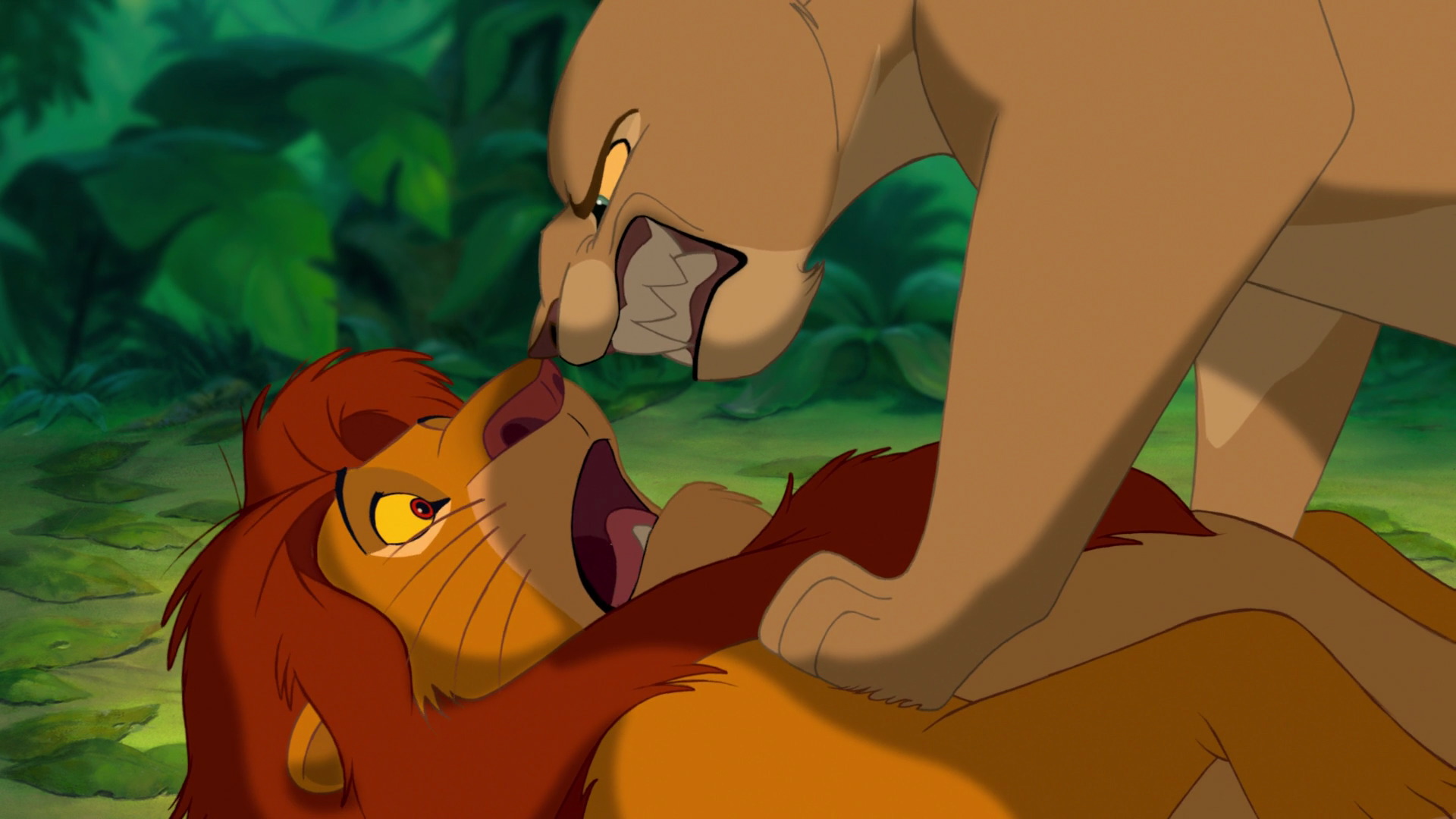I revisited some remakes and retellings this week and wanted to compare and contrast them, but mostly just ramble about them. One is Aladdin (2019) and the other is Emma. (2020).
Always a topic of interest here, I think it’s kind of easy to disparage remakes and new adaptations – especially of the Disney variety. Yes, Disney makes them mostly as an excuse to print money, and it is not wrong to be cynical about that. I still find value in seeing the differences of the new version. If a remake offers absolutely nothing else, I’m still always fascinated to see what Disney finds important to delete, redo, shift, and rewrite. How they update LeFou – problematic, sure, but worse than the original? And how about compared to the staged version? It’s a nuanced topic and one I’d love to discuss in horrifying detail if you have a spare five hours! I remember thinking, while watching new Lion King, “how is this movie, which is going for ultra-realism (for reasons I don’t really understand) but also functions as something like a beat-for-beat remake of quite an unrealistic movie, going to do the ‘dress in drag and do the hula’ scene?” And then, Timon started singing “Be Our Guest.” Delightful. Obviously the original is way better. But if you ignore that, there are worthwhile tidbits in any of them for you if you’re a nerd, is what I’m saying.
I understand why some people aren’t interested in this. It can be tiresome to watch Disney create new plot holes while “fixing” earlier ones. Disney, please, EMBRACE THE PLOT HOLES. It’s about the message, not whether the movie make 100% real-world sense the whole way through. Also tiresome is watching them try to sanitize earlier films. It’s offensive, even, in some situations, but I think that permeating the anti-remake thought process is also a belief that because the originals were already made, that’s it, and now there’s nothing else to say about them, ever. But that’s not how story-telling works. There’s always a new avenue to explore in any story.
Unfortunately there are only certain stories that get this kind of treatment, and it’s based on which ones studios think many people will pay many dollars for. But even the most lackluster remake is going to, at the very least, give you remastered classic disney songs and score. Always worth it.

Aladdin of the year 2019
Understandably, Disney changes some lyrics. “Where they cut off your ear if they don’t like your face; it’s barbaric, but hey, it’s home!” is gone. If the 90s were a kinder and smarter decade that wouldn’t have been there to begin with, but, growth and change, I guess. Even in the original animated version available on Disney+, they’ve altered it – the “barbaric” part of the line is still there but instead of the de-earing, it’s “where it’s flat and immense and the heat is intense.” In their 2019 version the lyrics have become: “where you wander among every culture and tongue, it’s chaotic, but hey, it’s home” – a significant departure/improvement. Does it solve racism? No. But that wasn’t the goal anyway. It’s just a small change that makes the final film slightly more welcoming to more people.
The other major lyric change is in “Prince Ali,” my favourite musical number from either Aladdin. The entourage now boasts: “he’s got ten thousand servants and flunkies” rather than the other thing, and, again, yeah.
There’s more focus on Jasmine in 2019. We spend time on her political ambitions, which I always felt the original is missing. She even gets a song that’s about vague female empowerment and not much else – and gets a reprise. The part where she intervenes and convinces Hakim to side with her and her father could have been woven a little better into the story, but as it is, it serves. It connects to the things she’s said right from the beginning about leadership and relating to the people at least.
Jasmine’s romance with Aladdin is given additional space to grow. It’s not that the 1992 version is missing that – Aladdin and Jasmine are just kind of cute there, and you don’t begrudge either of them falling in love so quickly. The new version’s romance definitely benefits from the extra bonding time. Jasmine also lies to Aladdin about her identity at first, making it a little less ridiculous when he’s doing all the lying later. In the original, Aladdin says she deserves a prince. In this one, he tells her that she should be the Sultan and I LIKE THAT BETTER, OK.

Jasmine gets a female friend, also a servant, also a major character, in Dahlia. Instead of being obstinate at the drop of the hat about suitors, she’s more focused on being Sultan than on being opposed to every offer of marriage. When Aladdin shows up with his parade, she is definitely unimpressed, but is watching politely until Genie says “heard your princess was HAWT, where is she?” My guffaw when I first saw it. Oh man.
If you’re not too busy laughing you are firmly on her side of this thing anyway during Prince Ali’s yam jam speech about purchasing her with expensive gifts. This speech includes the best line AND line reading of all time: “And, uh, THAT, over there, hidden, for suspense. Tada.”
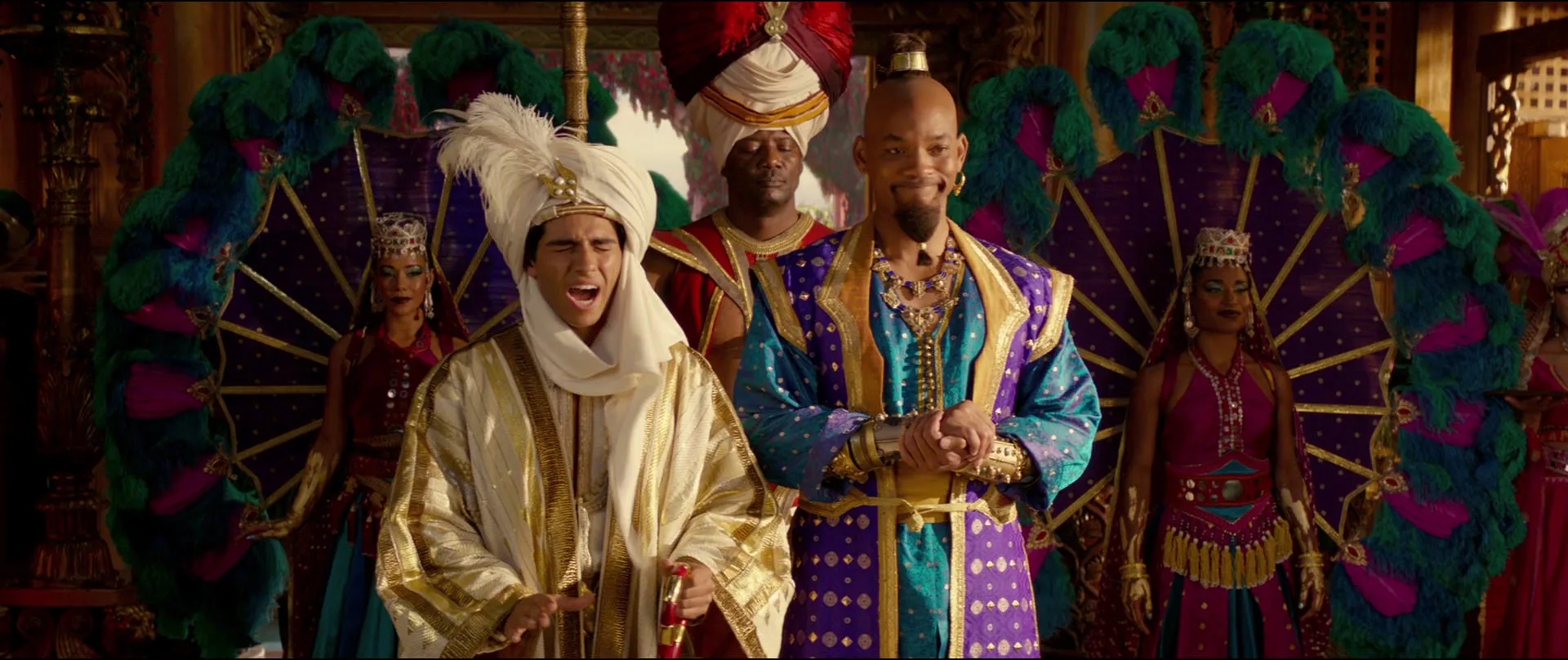
Genie and Aladdin’s relationship is still adorable, and just like the Aladdin/Jasmine romance, this friendship gets extra space and time to develop. One thing the new version eliminates is the part where Genie gets frustrated when Aladdin goes back on his promise to free him. He does get frustrated, just, differently. He told him early on not to “drink from that cup,” and is now disappointed.
This is a strange change. It’s extremely understandable for Genie to be pissed in the original about Aladdin going back on this promise and NOT freeing him from eternal slavery, but in 2019 Genie isn’t even phased by that part. He’s just like, “So… you’re just going to lie to Jasmine forever?” This reminds me of the time we watched “The Beast Within” from Teen Titans and Beast Boy steals and eats Robin’s entire ham and eggs, and Robin just says, “But you’re a vegetarian,” (vegan, Robin, vegan) and three said “Robin’s such a good friend.”

Genie is a good friend too, and entirely selfless. Even the original Genie gets over it and is willing to sacrifice freedom if it means his OTP will get together, meaning Genie was always far too selfless for this awful animated/CGI-live action world. Freeing the Genie is just as moving in each version. Good for you, Genie. Everyone deserves freedom, but you most of all.
Speaking of everyone deserving freedom, then there’s Jafar. Jafar has traded in his fabulousness for mere temper-tantrums and scheming – that is, he’s a regular villain now, not so much a 90s Disney villain. Like Jasmine’s political ambitions and prowess, Jafar serves here, but probably could have been put to better use. I wonder if the de-fabulousifying is an attempt by 21st century Disney to leave queer coding of villains in the past. If so, what’s going on with King Candy from Wreck-It Ralph?
The 90s villains have a following. They are always more visually interesting than their very-conventionally-attractive protagonist counterparts. Their queer coding also makes them firmly present on screen. They steal the show, is what I mean. Acknowledging that the coding is problematic doesn’t mean people can’t or won’t enjoy those characters. Honestly, if Jafar was allowed to turn it out in this movie I think it would have been better for it. I think he would have really shone doing “Prince Ali Reprise” and I miss it in this version. On the other hand, if Disney is trying to move away from doing that (especially after the live action LeFou and Gaston), then, respect. Most importantly, this movie is for kids of today, and as this very good article that says everything I just said way way better than I did also says, kids of today don’t need queer coded fabulous 90s disney villains. [What they need are some overtly queer protagonists but that’s another topic.]
It could also be that they want the villains in their new versions to be scarier. “We’re going to take this villain 100% seriously, like the Horned King,” they may have said (verbatim, I’m sure). This potential reason is probably more realistic than Disney honestly considering whether queer coding villains is a good thing to continue to do. The result is kind of meh no matter why they’re making these changes. Scar in 2019’s The Lion King was boring compared to the 1994 version, also, I think, because all his fabulousness is gone. I guess it makes them scarier – if I had to choose whether to face off against a team of Animated Jafar + Animated Scar, or Live Action Jafar and CGI Scar, I would choose the animated duo. But honestly, it’s just because I’m going to have a better time since they’re more fun. That said, I much preferred the serious take on Shere Khan to the animated, but I was no great fan of Animated Jungle Book anyway, and I really liked the remake.
2019’s Aladdin has Disney deciding against Gilbert-Gottfried-trapped-in-parrot-body type of Iago. They went with a more realistic approach, which was a mistake. Wise-cracking Iago really makes Aladdin (1992), in my opinion. Although, the part where darker, slightly more realistic Iago laughs at Prince Anders sarcastically is hysterical, as is the part where Aladdin says “We have a north… and… a south,” and Iago croaks, “What?” I must also take a moment to appreciate the CGI animals Raja and Abu:
Yes, I know, they do this, I’m sure, because it’s cheaper to pay low wages for CGI artists than it would be to pay for exploited animal labour. They don’t do it to spare animals from exploitation – and the low wages of CGI artists thing really does suck. But exotic animals used for entertainment suffer so I’m still happy to see these CGI guys, and the artists did a great job. Whether it’s more or less expensive should be a moot point here anyway (and the artists should be paid more) because you simply can’t get these performances out of real animals.
Real animals don’t act. For example, to get a shot of a real tiger looking that enraged – well. Someone would need to sacrifice themselves. You’d also have to actually antagonize an actual tiger into an actual state of rage, as they did for a few shots in Life of Pi, and that’s not OK either. That isn’t a tiger acting, that’s a tiger being deliberately stressed out to the point of violence. Stahp.
In conclusion: Aladdin of 2019 makes some key changes to the source material, a 1992 animated film. It adds a vague female empowerment song and reprise, adds some decent political ambition and will for Jasmine, and shaves off some of the racism of the original. It goes for a serious villain in Jafar, either to make him scarier or to reduce the overall amount of villain queer coding Disney has done as a corporation. Now let’s look at an adaptation that leans in to all of the problematic elements of its source material, and then some.

Emma. of 2020 (a year which, as we know, took place one million years after 2019)
Emma. is a fresh take on Jane Austen’s novel, managing to be as fresh as it is without changing anything from the story. The freshness may come from the moments the movie takes to highlight somewhat non-Austen things, like the hero ripping some sort of layer off and then lying on the floor in extreme frustration or the heroine lifting her dress up by the fire. Or maybe Harriet being… quite affected by Knightley checking her leg for breaks. There is quite a lot of overt sexuality in this movie (…for an Austen adaptation), but it never feels, to me, out of place. There is a moment in Pride and Prejudice (2005) in which Lizzie and Darcy are livid with each other. He just proposed. She just rejected him. They both have major issues with each other. After yelling a lot, once they’ve yelled everything they need to yell, they just kind of gaze at each other in the rain and it NEVER FAILS TO TAKE ME OUT OF THE MOVIE. I understand that it’s all about the tension with those two, but it doesn’t feel real to me that in the argument they’re having (which is: she’s furious that he hurt her sister; he’s self-righteous because he was protecting his friend; she’s hurt by the way he’s talking about how inferior she and her family are to him; he’s wounded by how disgusted she is by his proposal) they’d both simultaneously stop and think, “Hmm, maybe we should just have sex instead.” Maybe I’m just asexual but come on, Lizzie is sad for Jane, Darcy is sad for Bingley, and both have just been deeply, deeply insulted by each other. Now is not the time unless they both have a very specific kink.
Anyway. The overt sexuality here doesn’t creep into inappropriate moments. The one I could compare it to would be “Badly done, Emma.” Imagine Knightley: “How could you, Emma, you really hurt her, and you have a lot of privilege compared to her and people are influenced by the way you treat her, it was BADLY DONE.” And instead of Knightley (sorry to hurt her but sorely disappointed) storming off and Emma bursting into hysterical tears and screaming at the driver to go (rude!), they gaze at each other but make it sexy.
EXACTLY.
The pull of this moment is that it’s the real low point. The genius of it is that it provides an excellent foundation to climb back up from. I read this book at some point and can’t remember the finer details, but I did find Knightley pretty irritating a lot of the time. He’s a massive scold, more of a parent than a love interest (and I mean the age gap in the book definitely doesn’t help with that either). Filmed versions always soften their weird dynamic, and this version in particular does an excellent job of it. Here you can really understand what’s enticing about this – not that Emma is a silly girl who needs someone to humble, tame, correct her all the time. It’s instead that she has someone who will hold her accountable, as no one else does. Everyone else in the “three dull things” scene is horrified by what Emma says, and even though she has real enemies present, no one will actually call her on it, except Knightley. It doesn’t hurt that he acknowledges that she’s changed his opinions on one or two things, too. Something he does in the book as well, to be fair.
I also really like this moment where Robert Martin, who has been recently rejected by Harriet, tells her which way to get home safely and then just stands sadly in the rain alone with his thoughts after she has left.
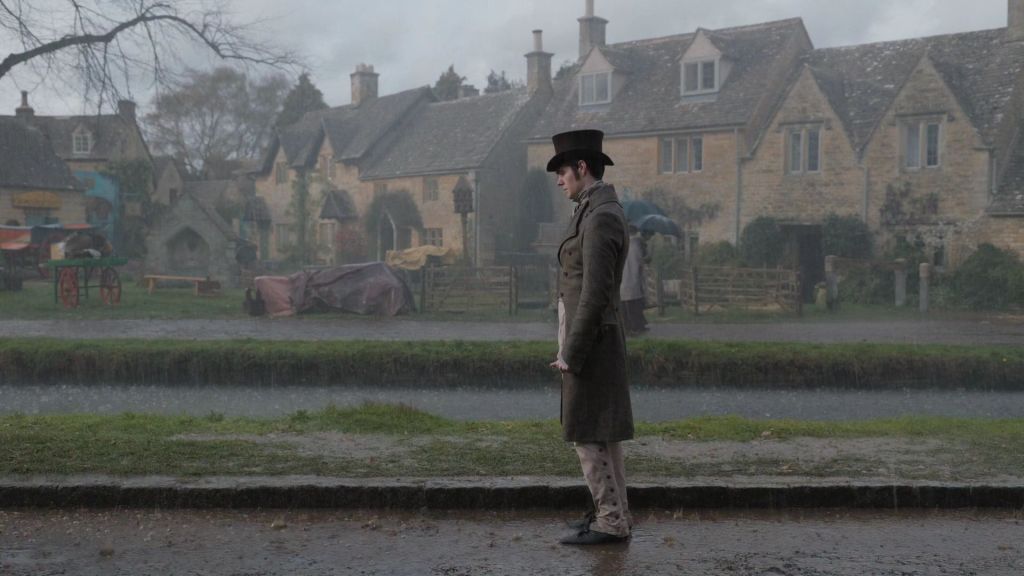
Austen adaptations usually serve up lots of sad looking men. I haven’t done a thorough enough study on this but I’m pretty sure modern romance and romantic comedies don’t make use of this tactic enough. Odd, considering in your typical heteronormative romance, juicing BOTH leads for all the angst you can get out of them would probably be very engaging for the audience. On men’s emotions and Austen adaptations (this one in particular) showcasing of them, I watched a video essay recently which uses a clip from Emma and Knightley’s wedding in 2020. Knightley brushes away a tear at the altar. The essayist is showing it as an example of a man crying in a movie for something joyful (his wedding), and it isn’t used as a reason to mock or shame him and laugh at his expense, just simply showing his emotions because they add to the story being told. Which, according to that essay, is very atypical. Society, I tell you.
NOW. In direct contrast to Aladdin 2019, what on earth is happening in Emma. 2020 where the servants are ALWAYS THERE? OK, the servants in Aladdin are also always there. But Jasmine and Dahlia are more like friends than Princess and servant, and Aladdin and the Genie develop a friendship as well. All four of them truly treat each other as equals despite some very significant power imbalances. So what I mean is, this movie, unlike every disney movie ever and even unlike most Austen renditions, portrays a much more realistic servant-employer relationship. There are definitely moments where your attention is drawn to them in Pride and Prejudice 2005, but this is something entirely new. They’re everywhere. You can’t not notice them. They have names? Bartholomew and Charles in particular are always standing by, the picture of silence, misery, boredom, judgement. I can’t get enough!
That last image there is Charles and Bartholomew walking away for discretion when Emma and Knightley are kissing. A lesser film would have them smile or something, some little acknowledgement that they, like you, the audience, are rooting for this romance but NO. They couldn’t care less and it’s amazing.
That’s all I’ve got. I like both adaptations. I think they are both very much worth watching. Watch them if you haven’t!

